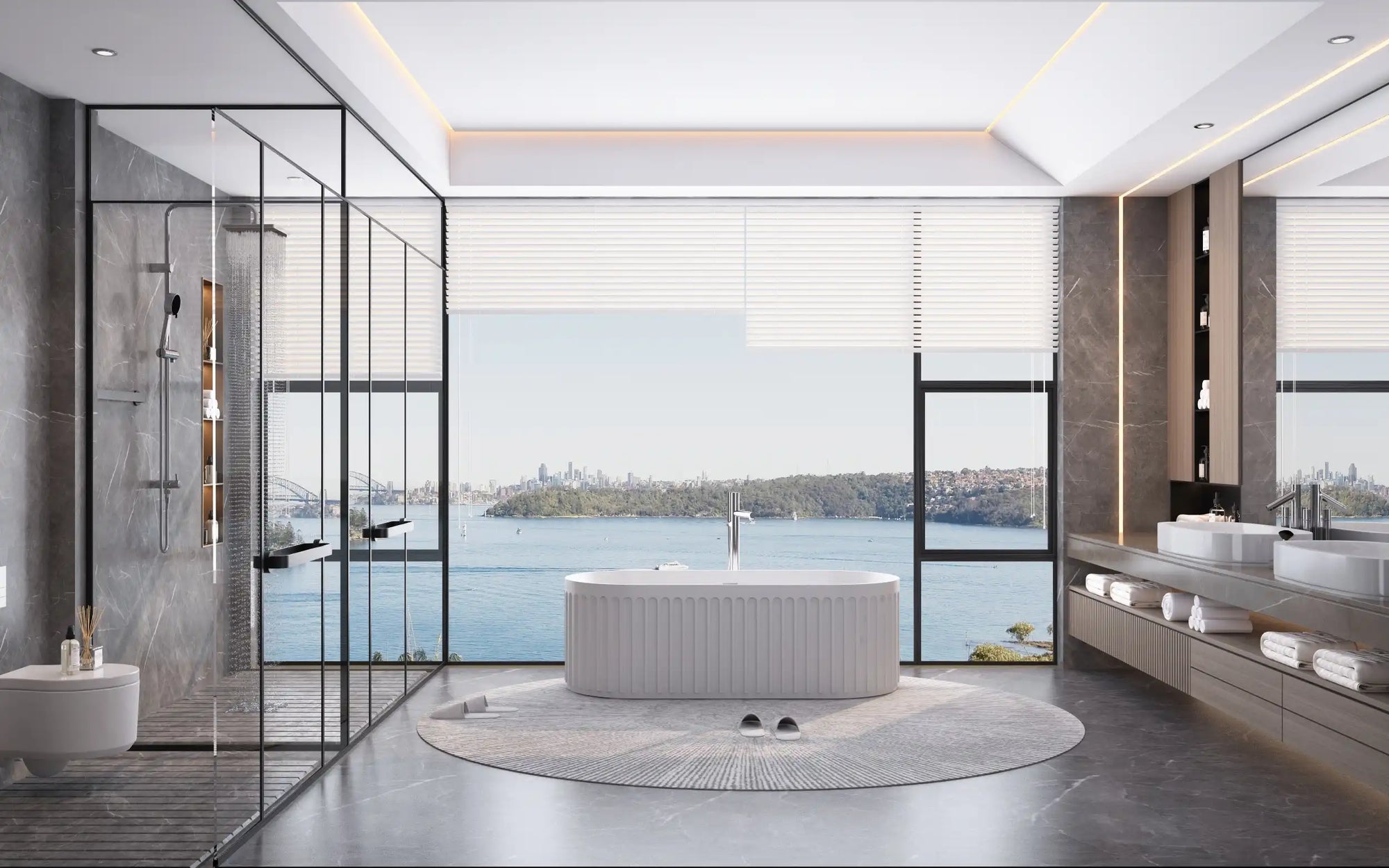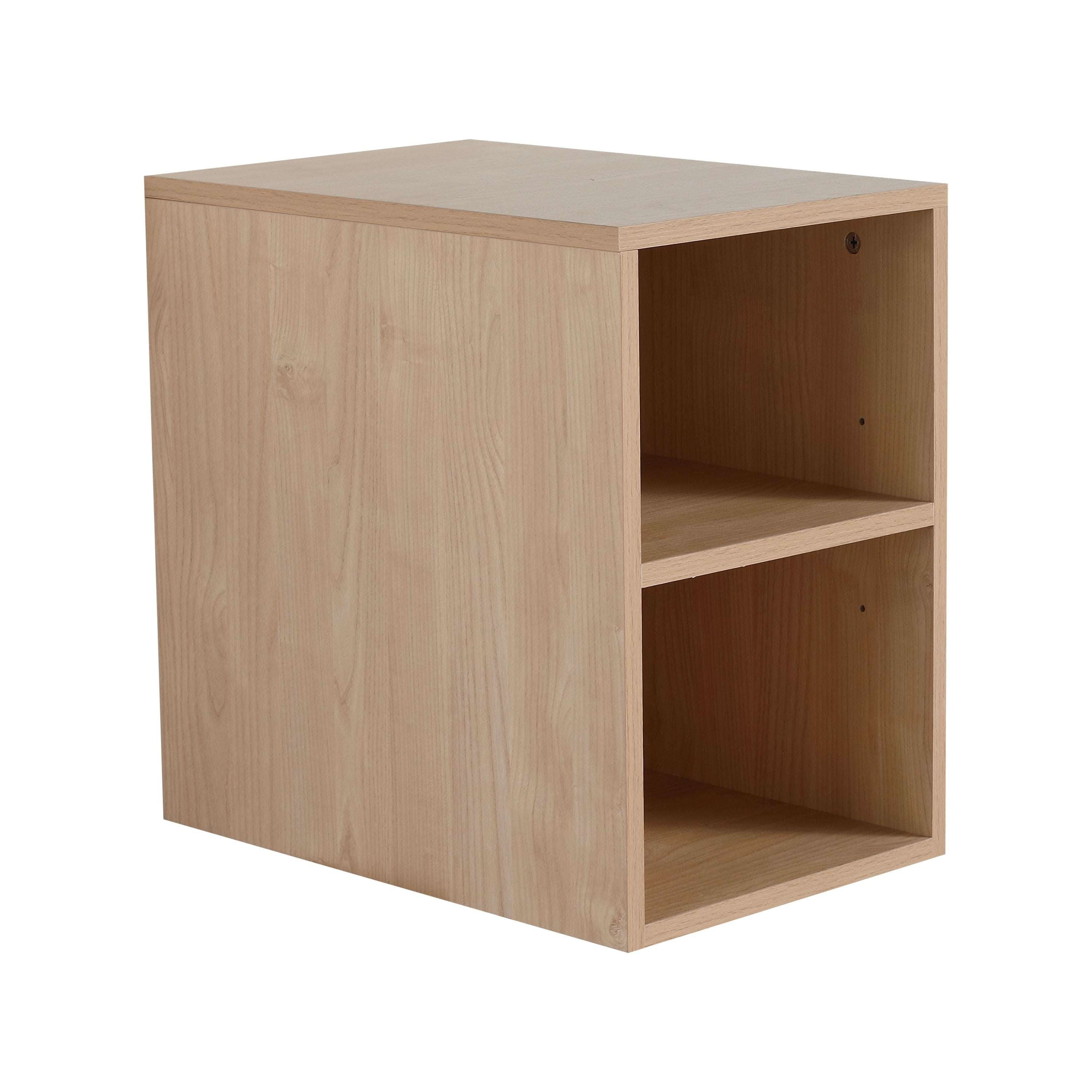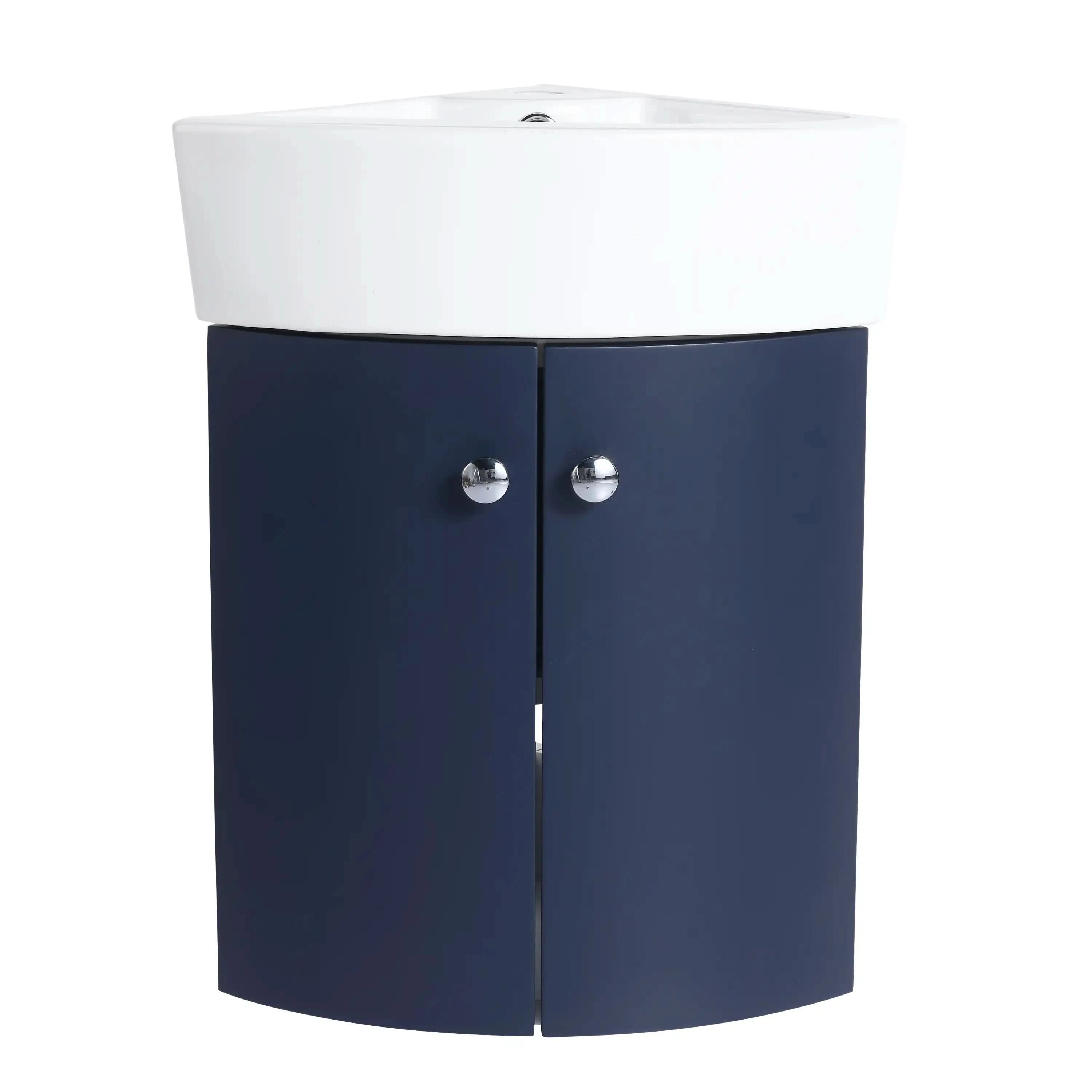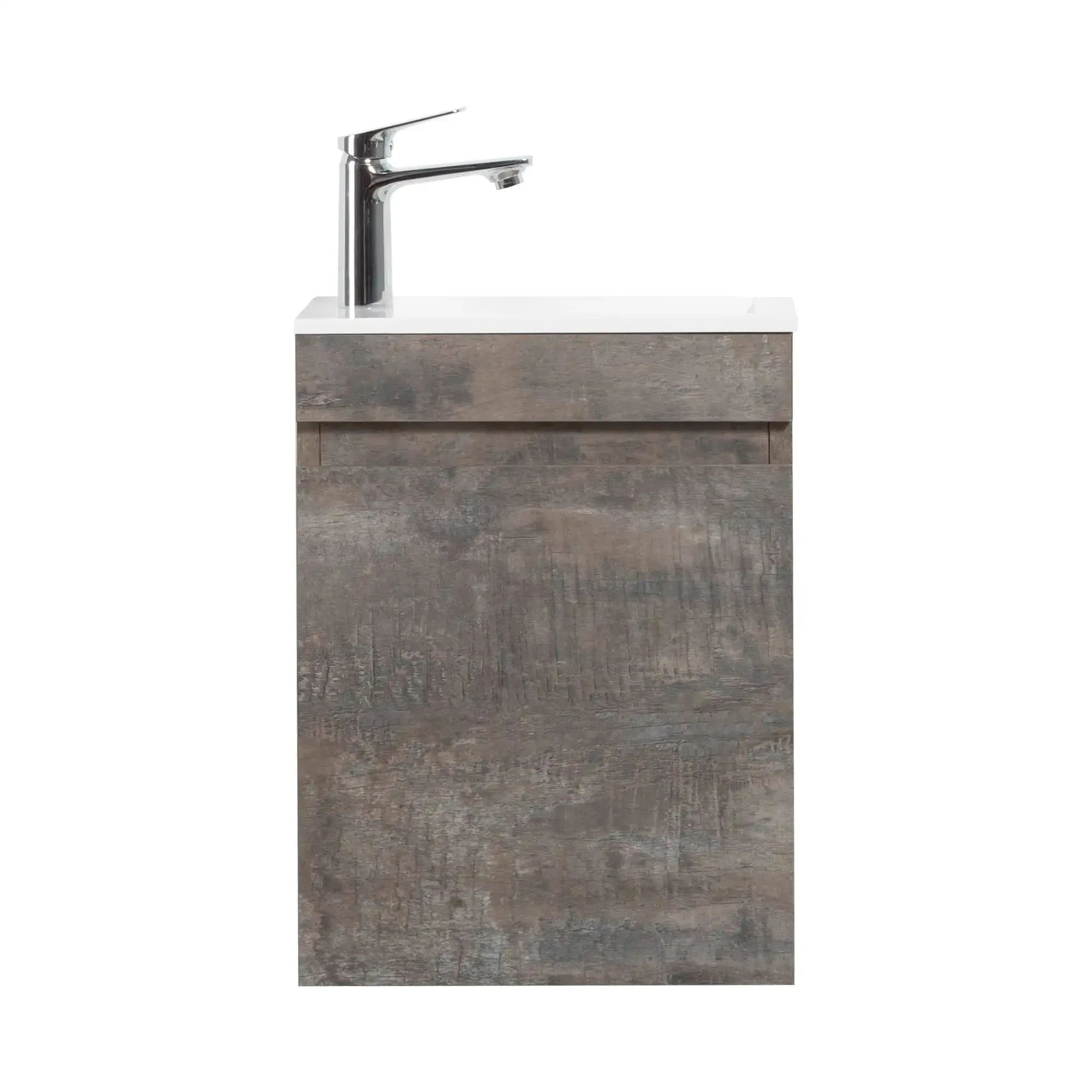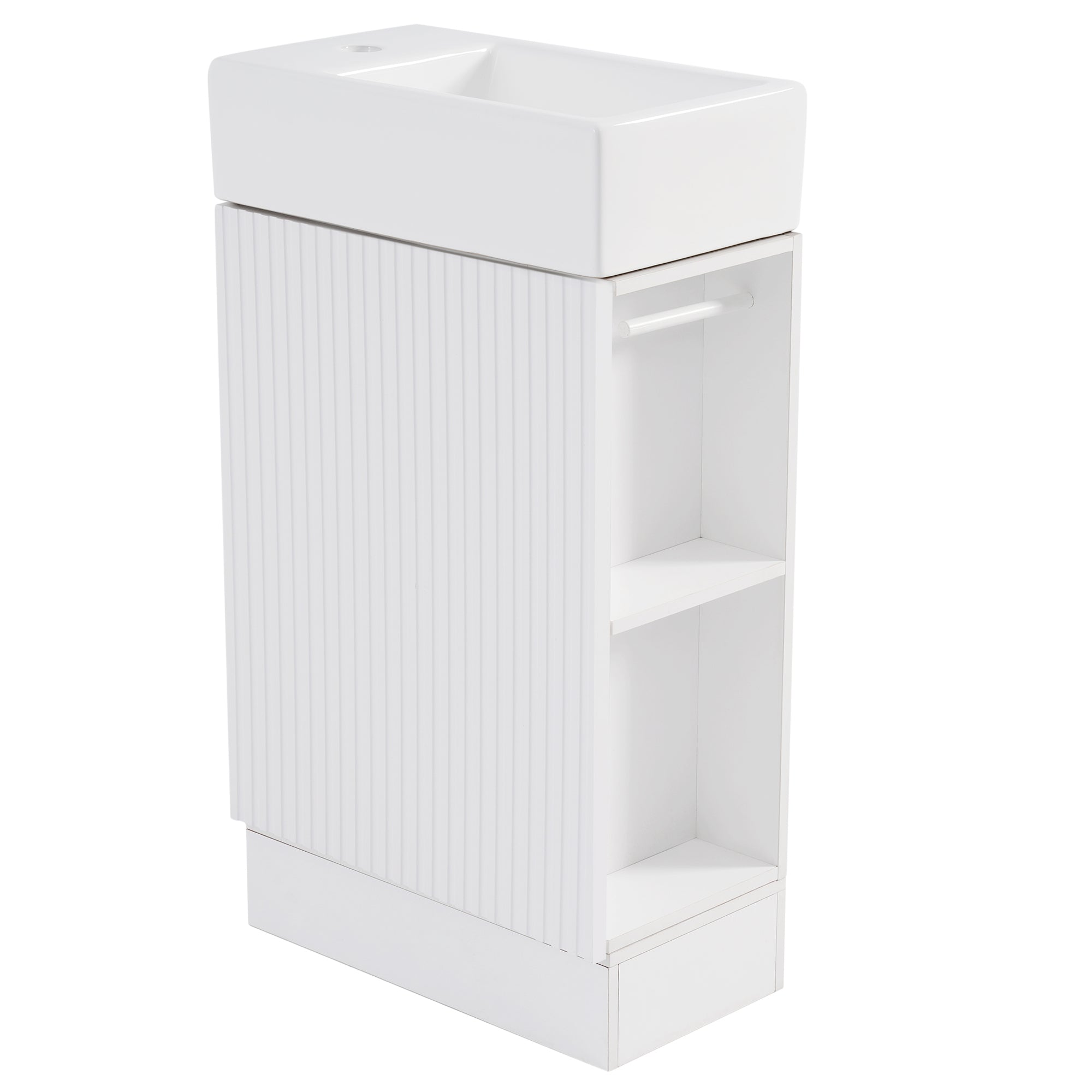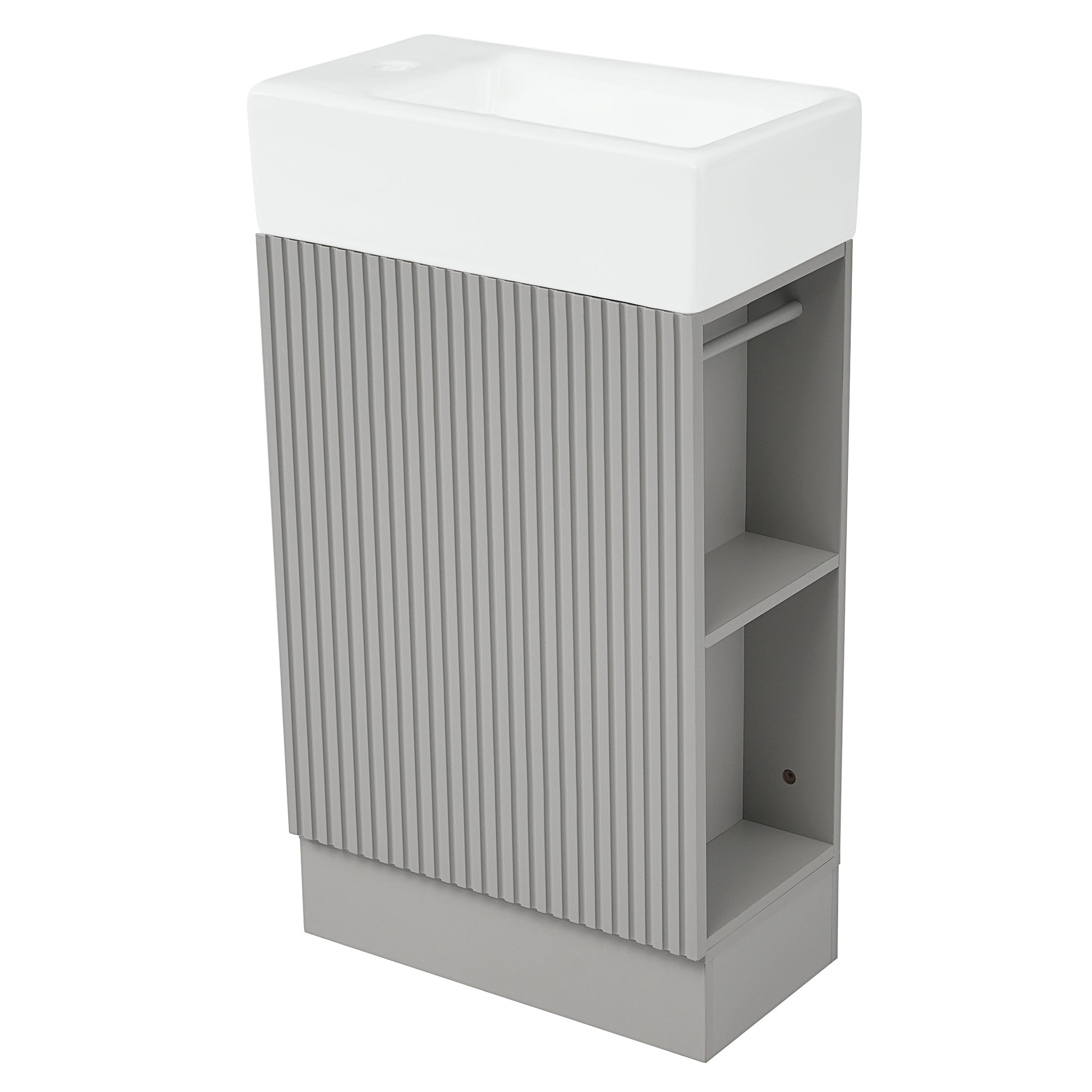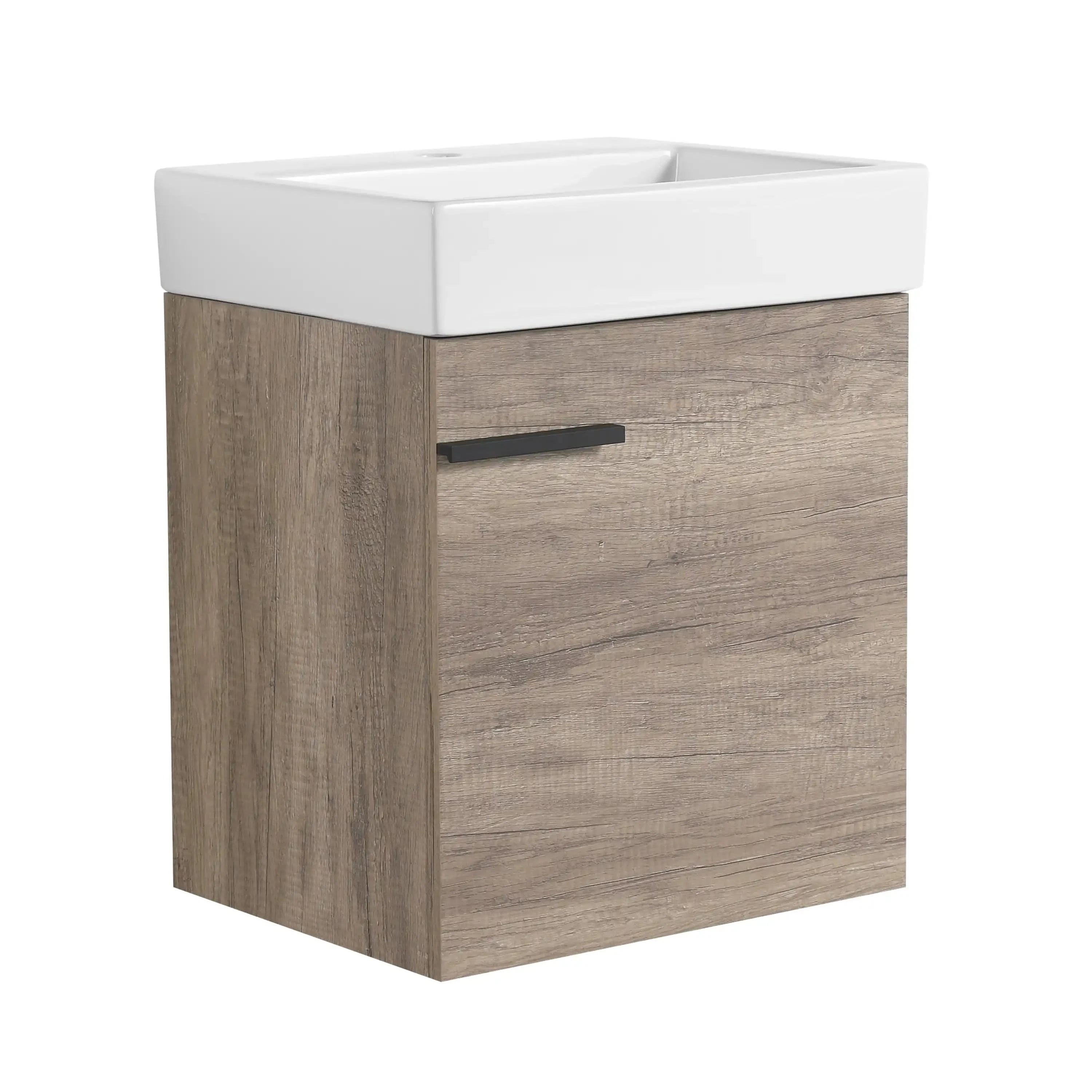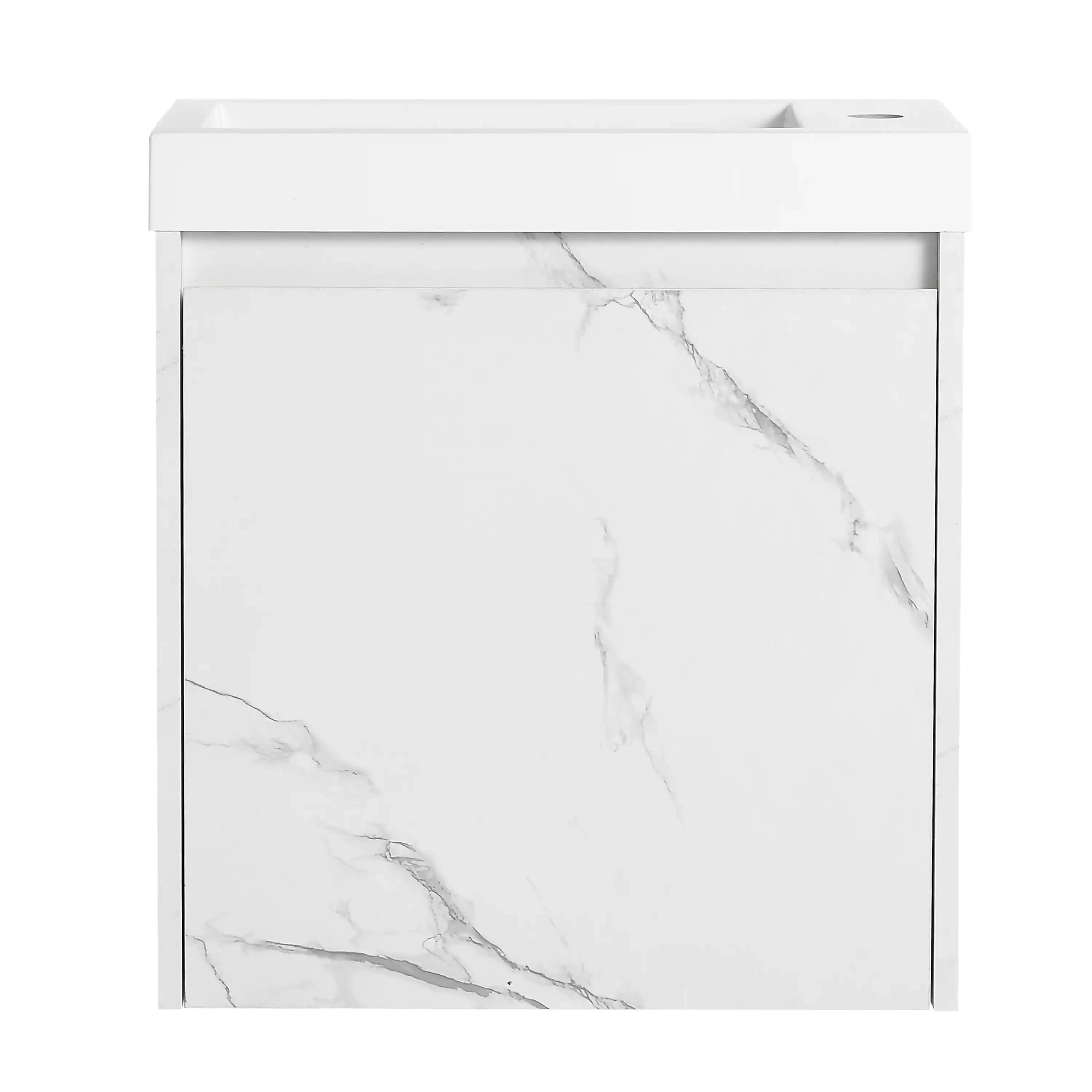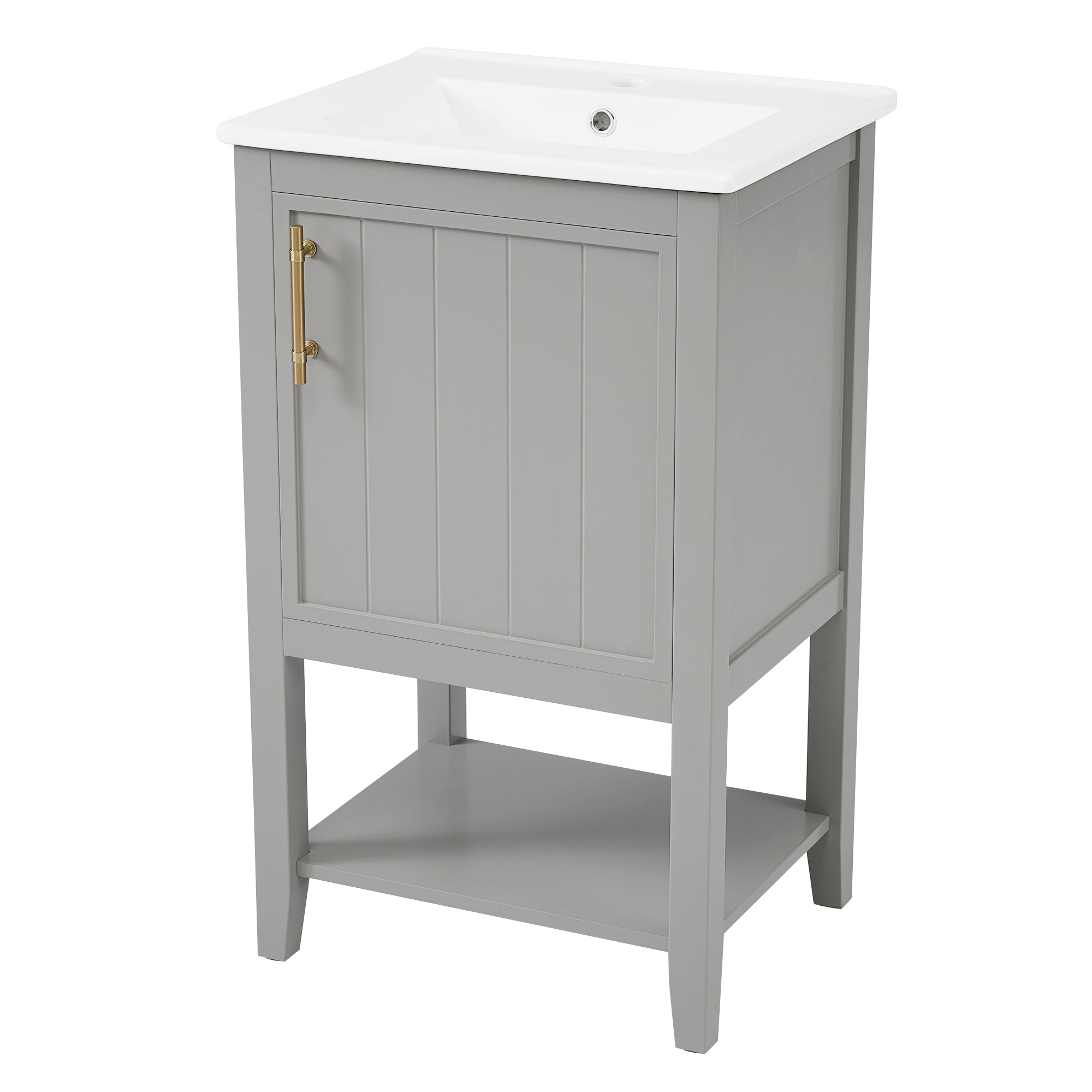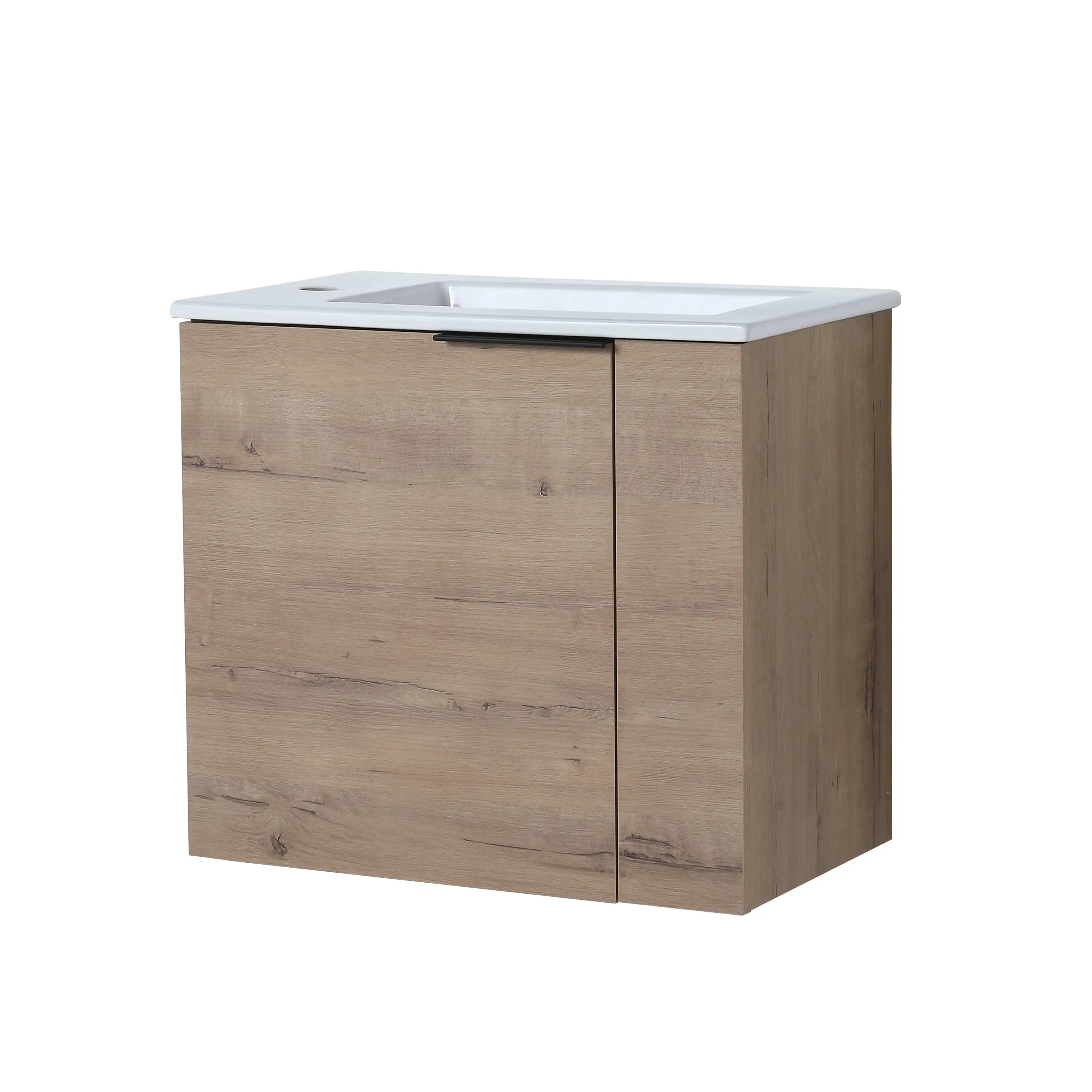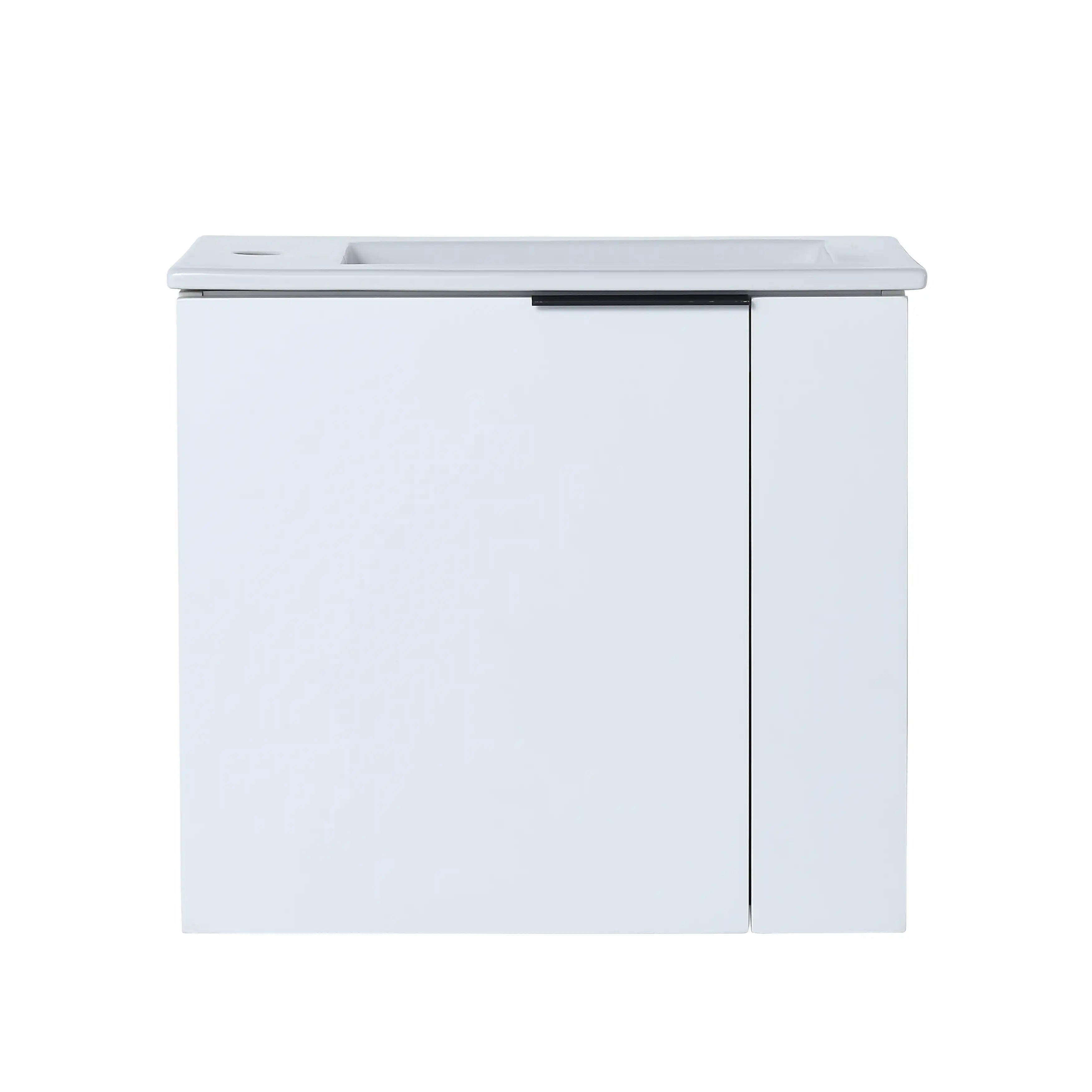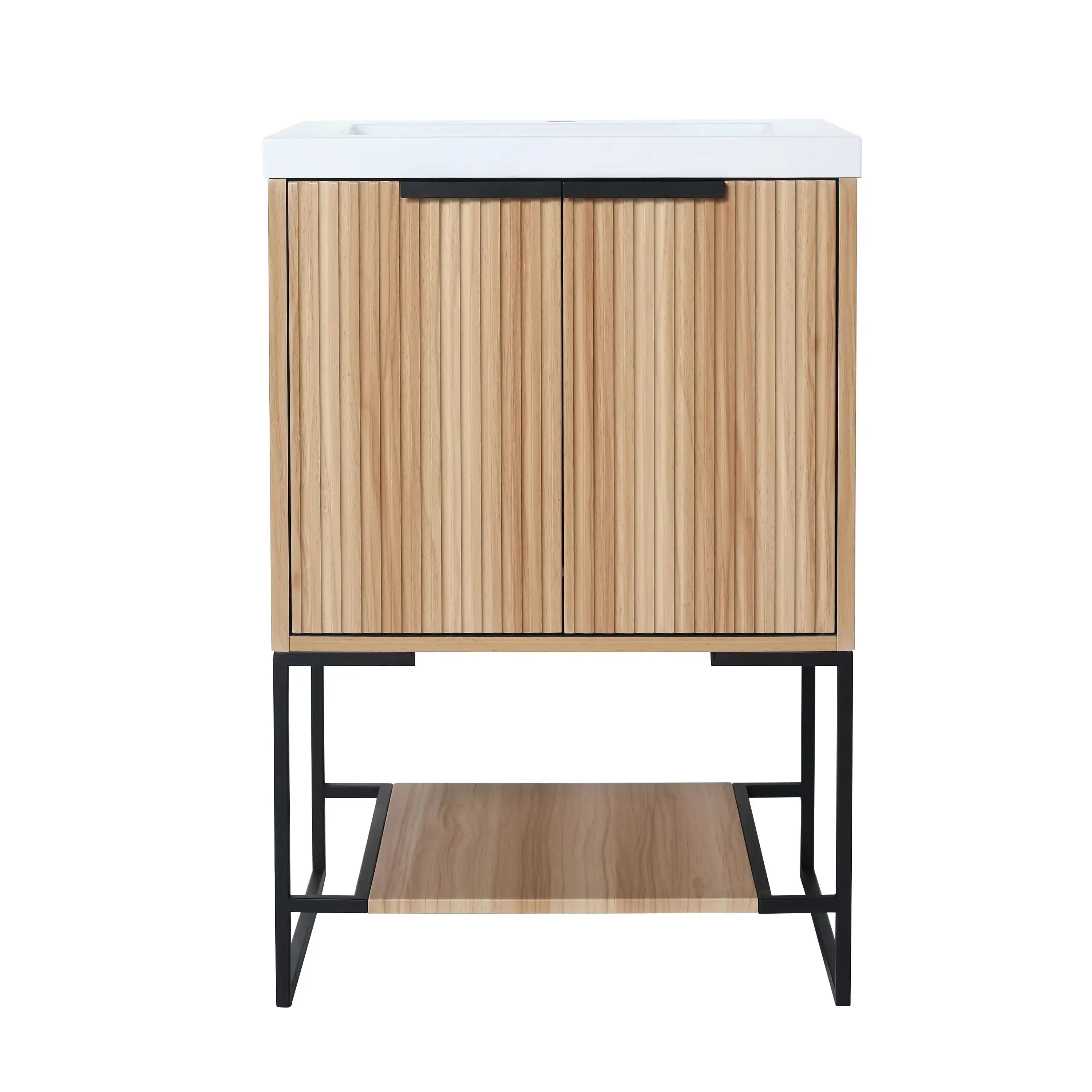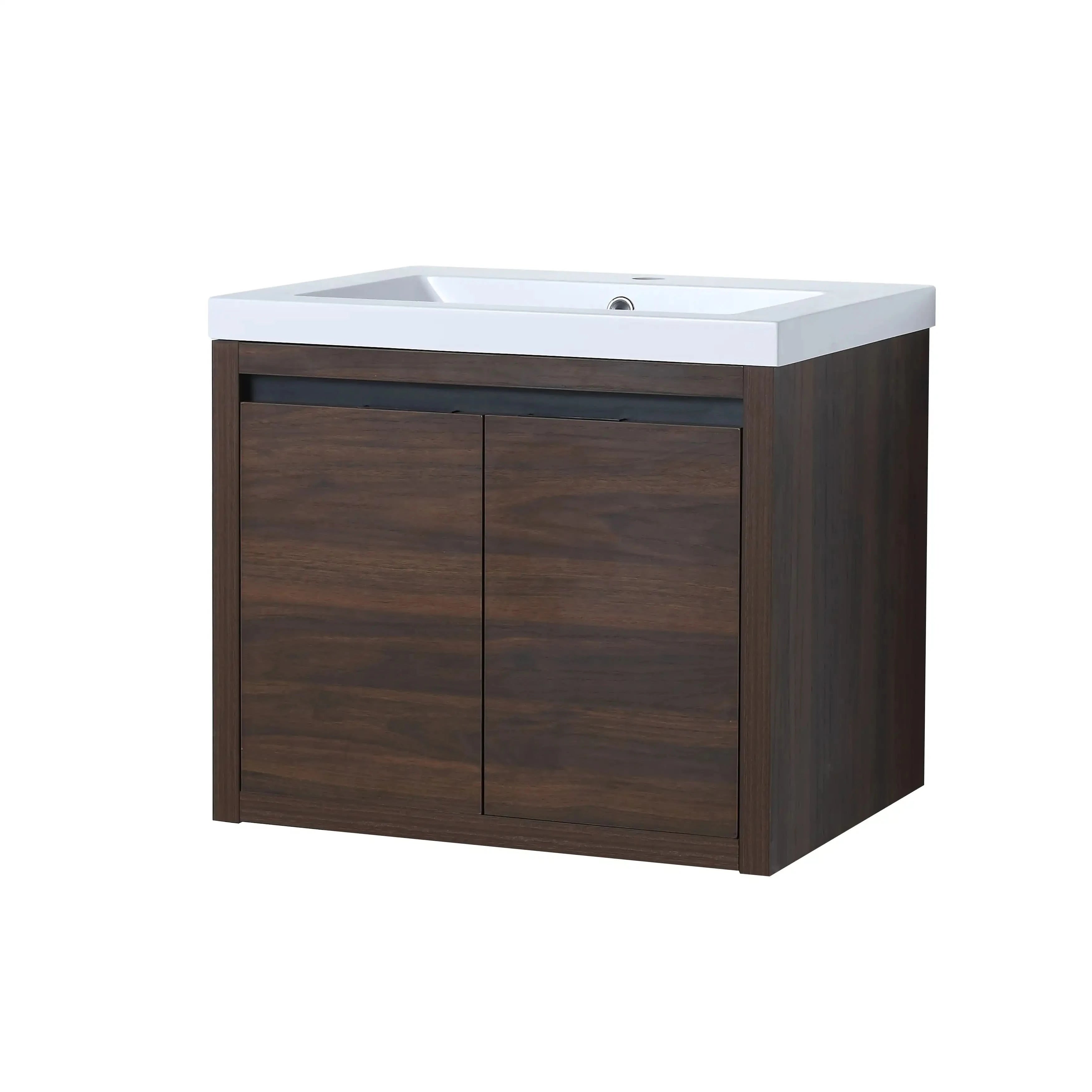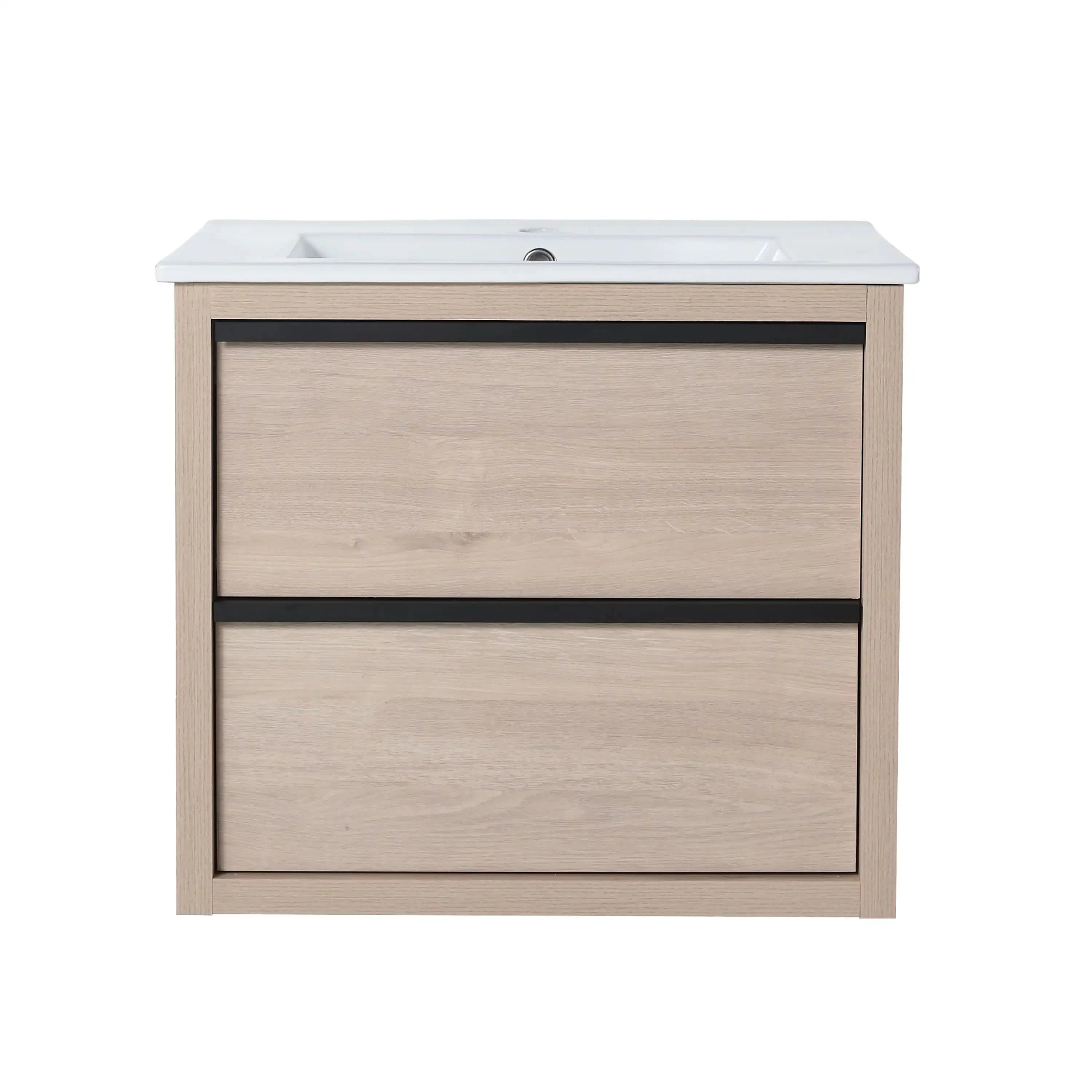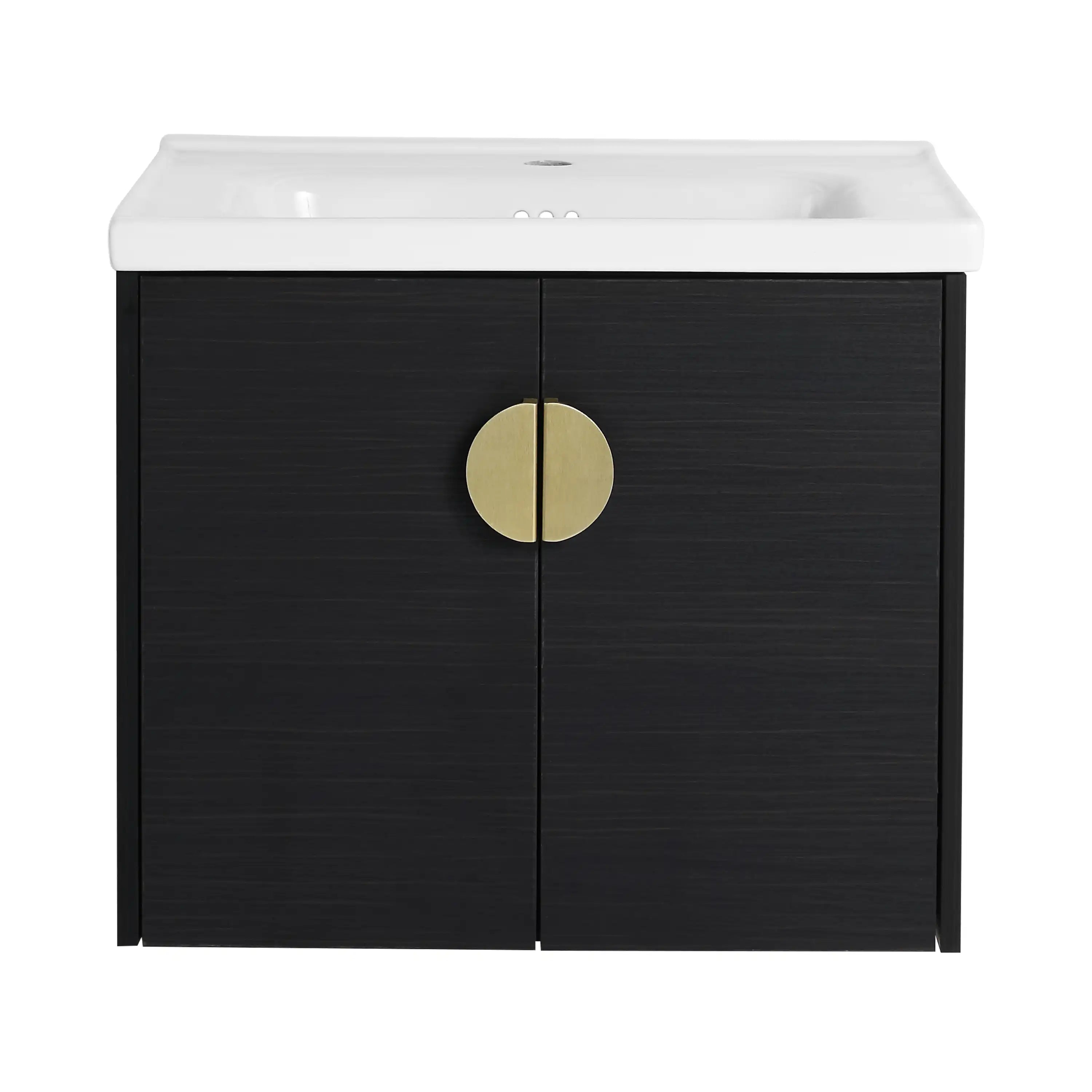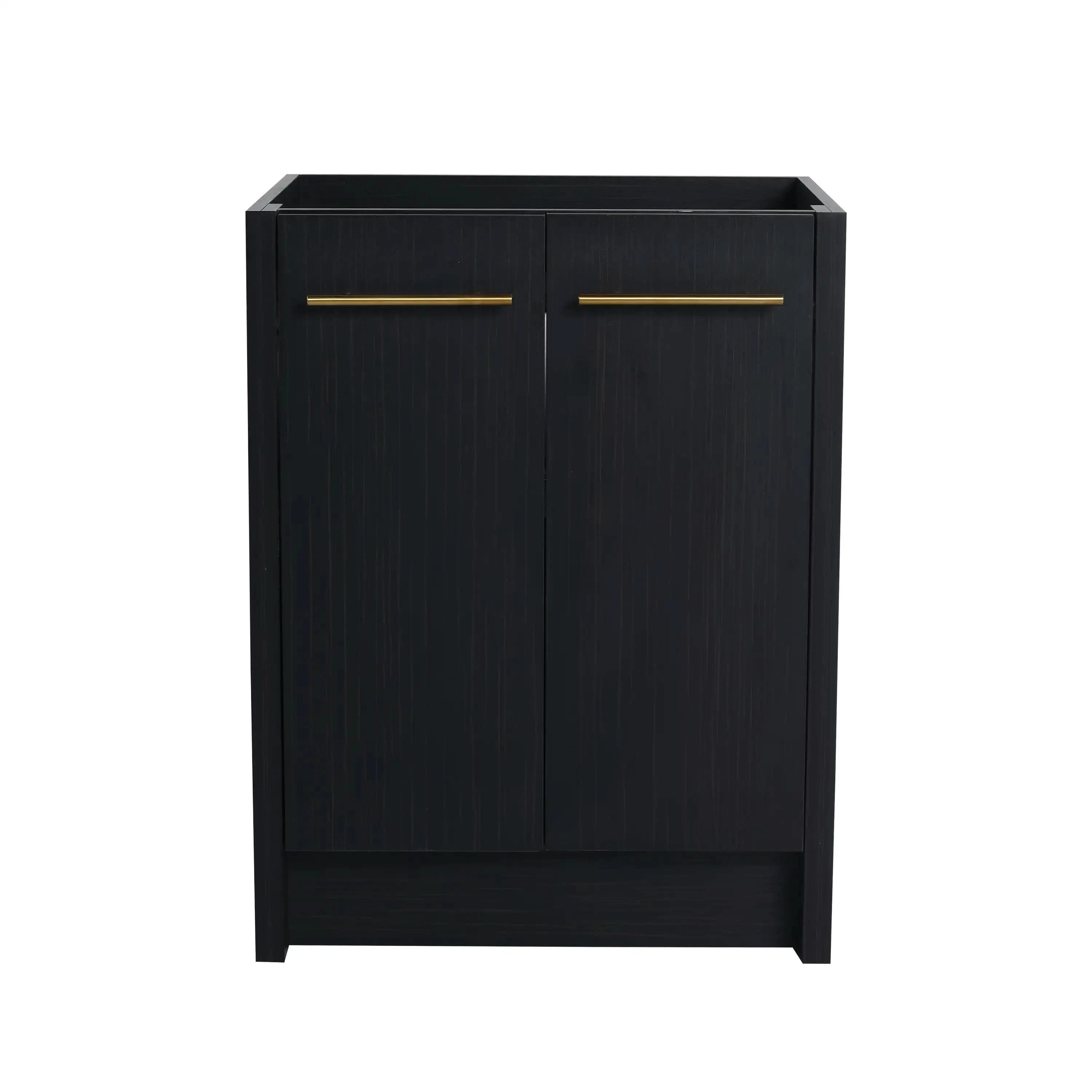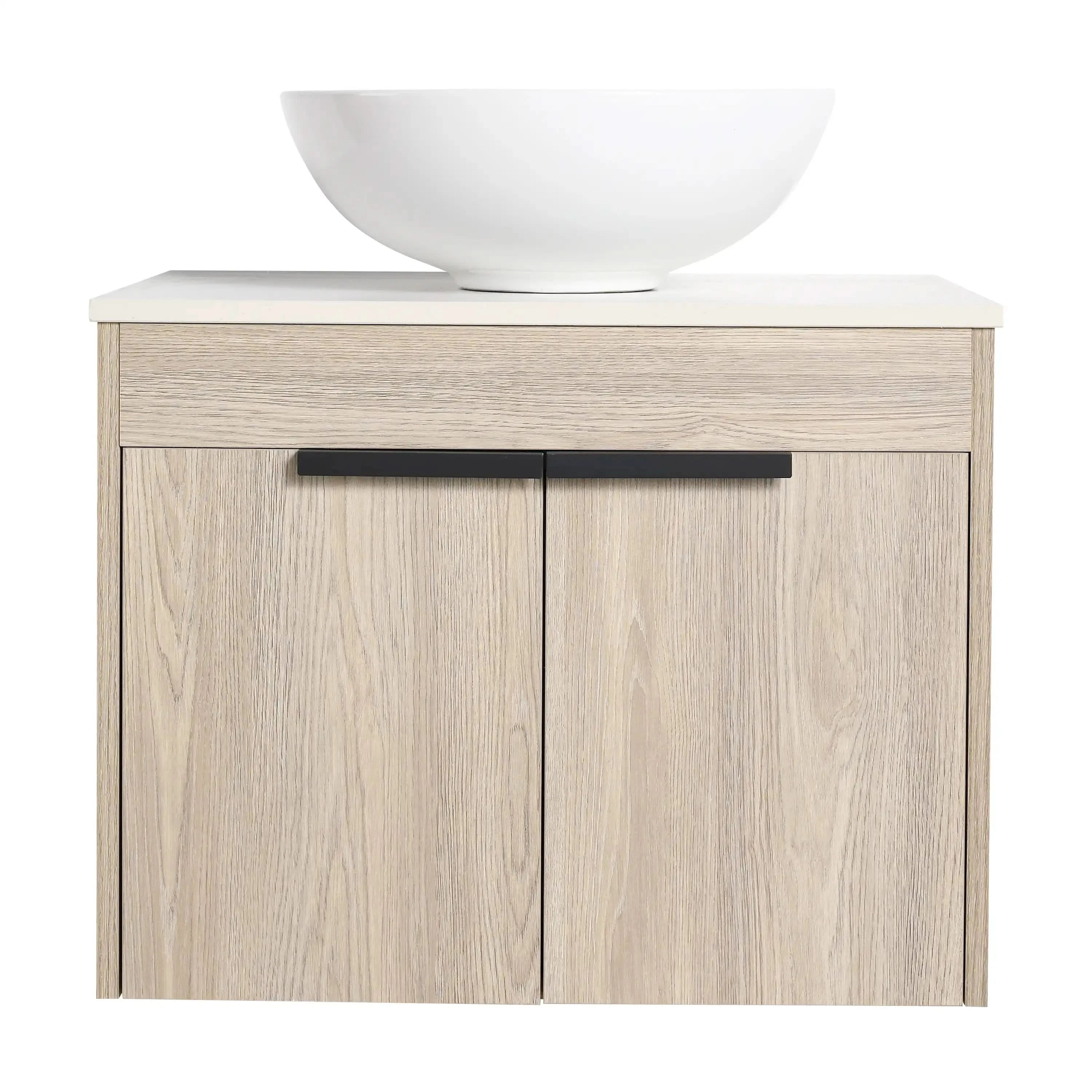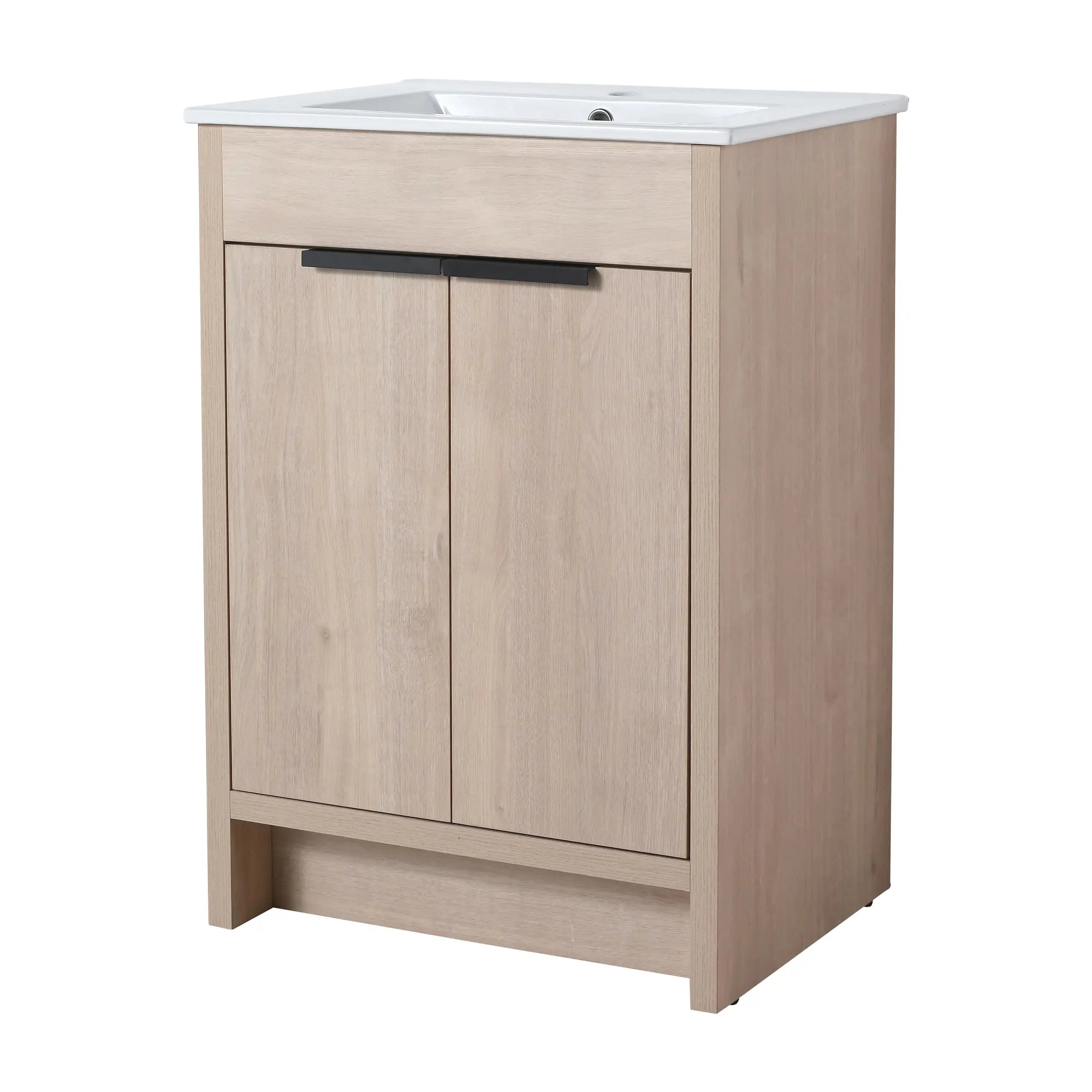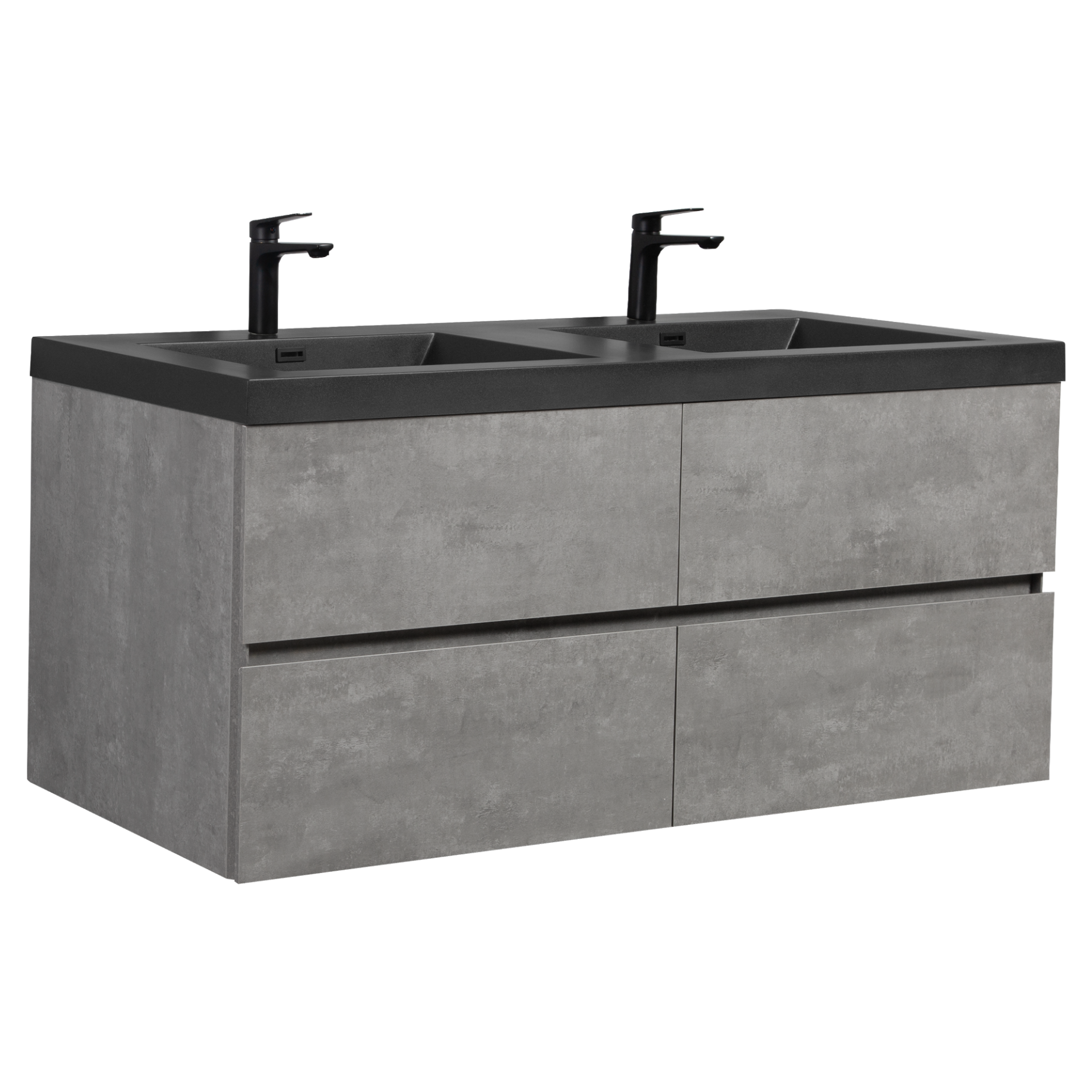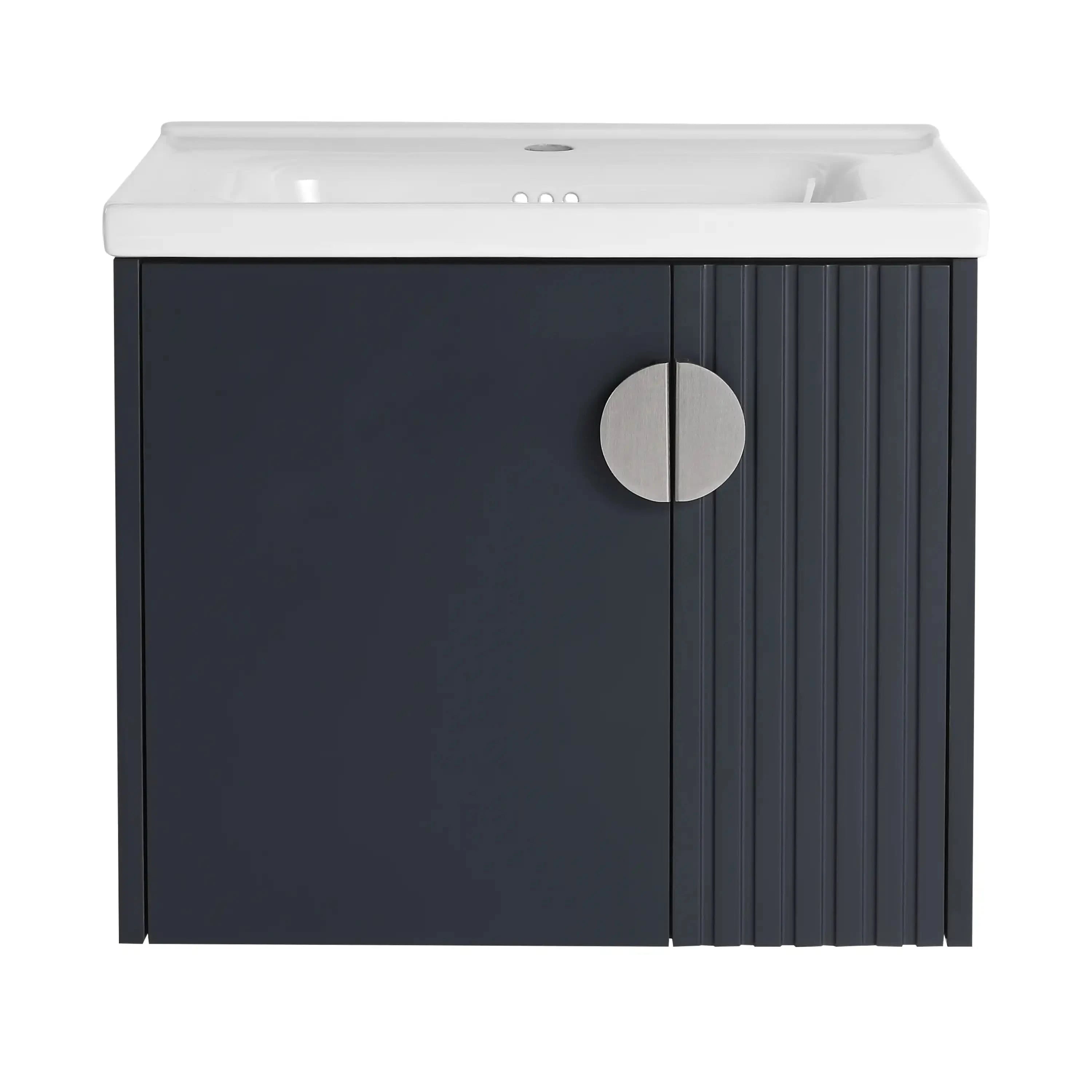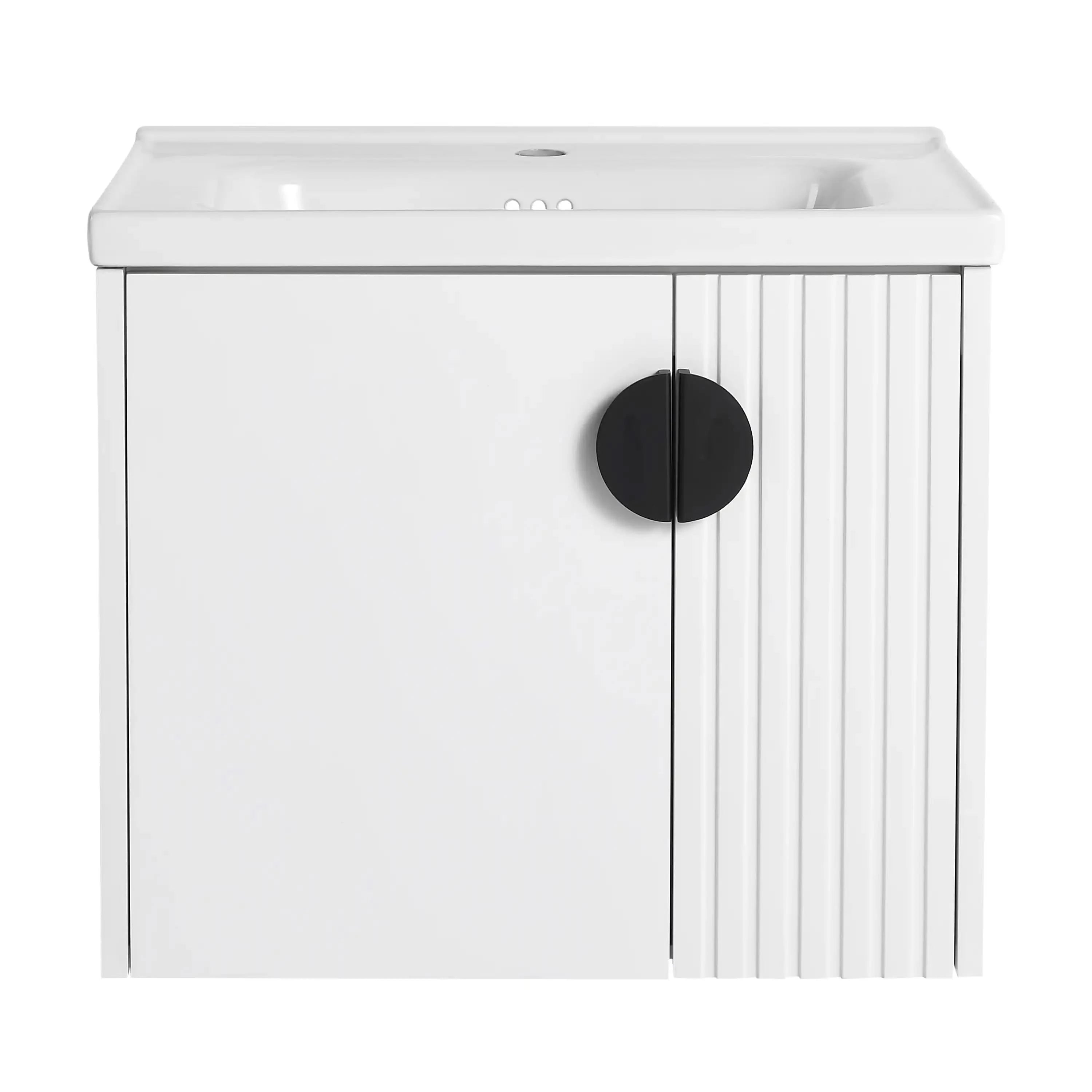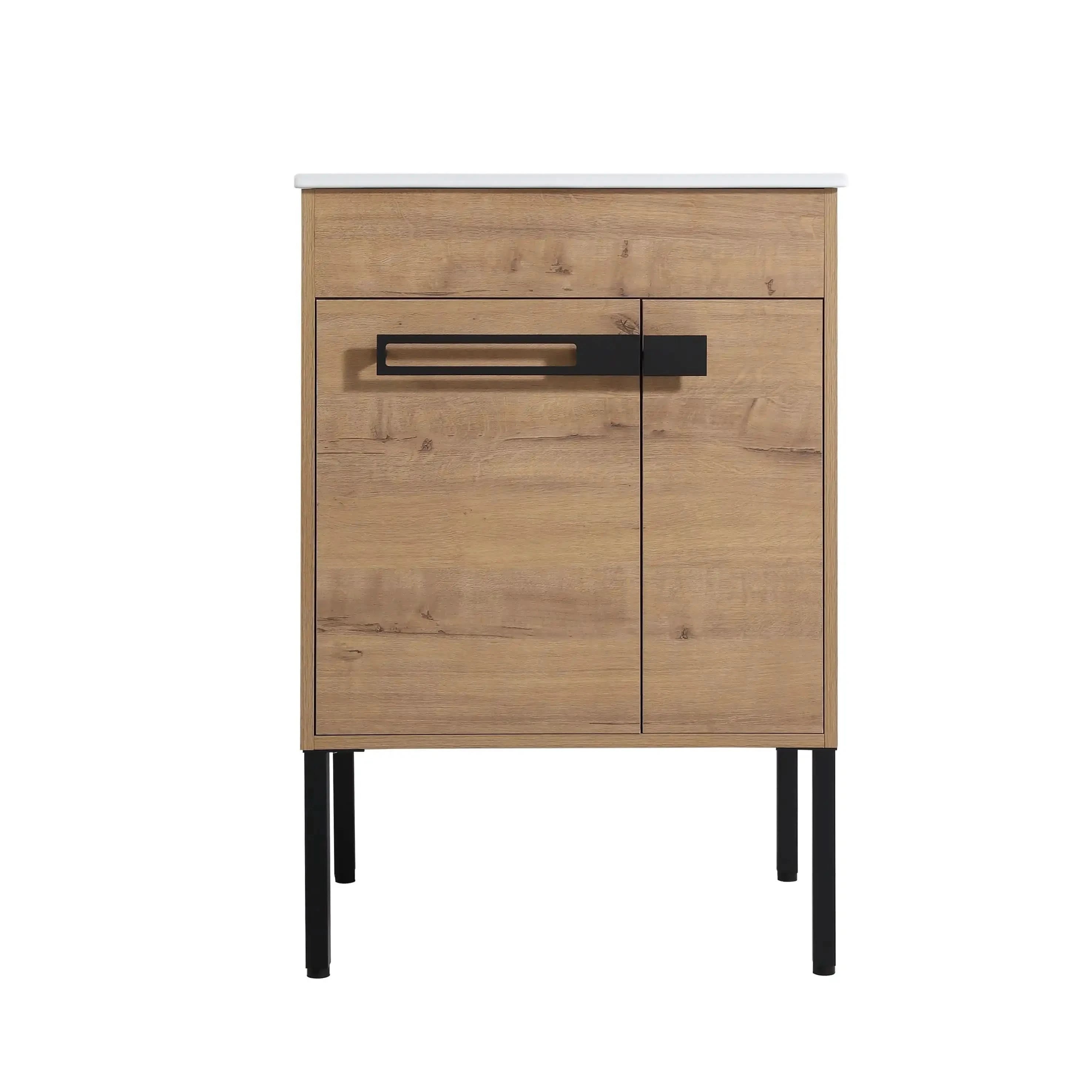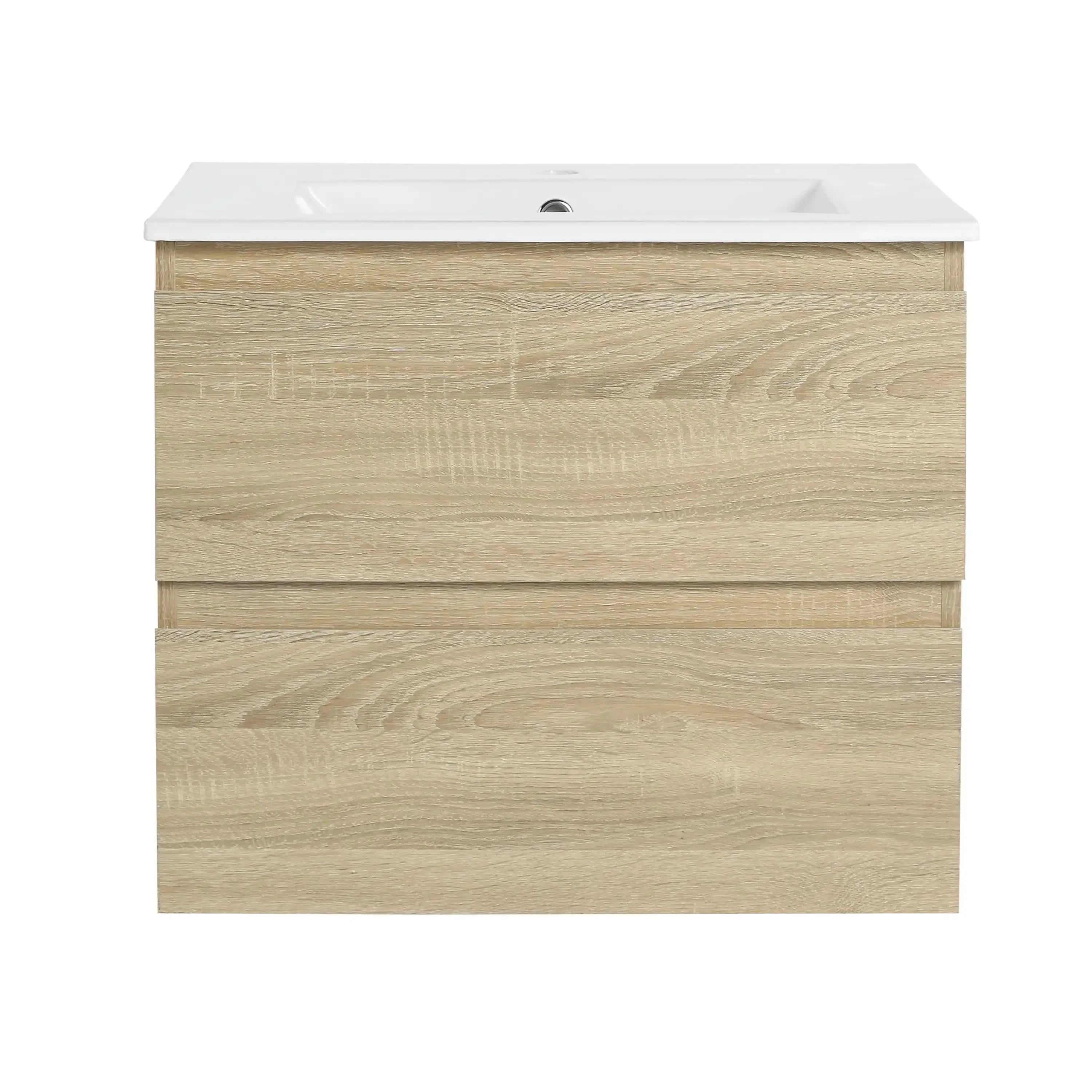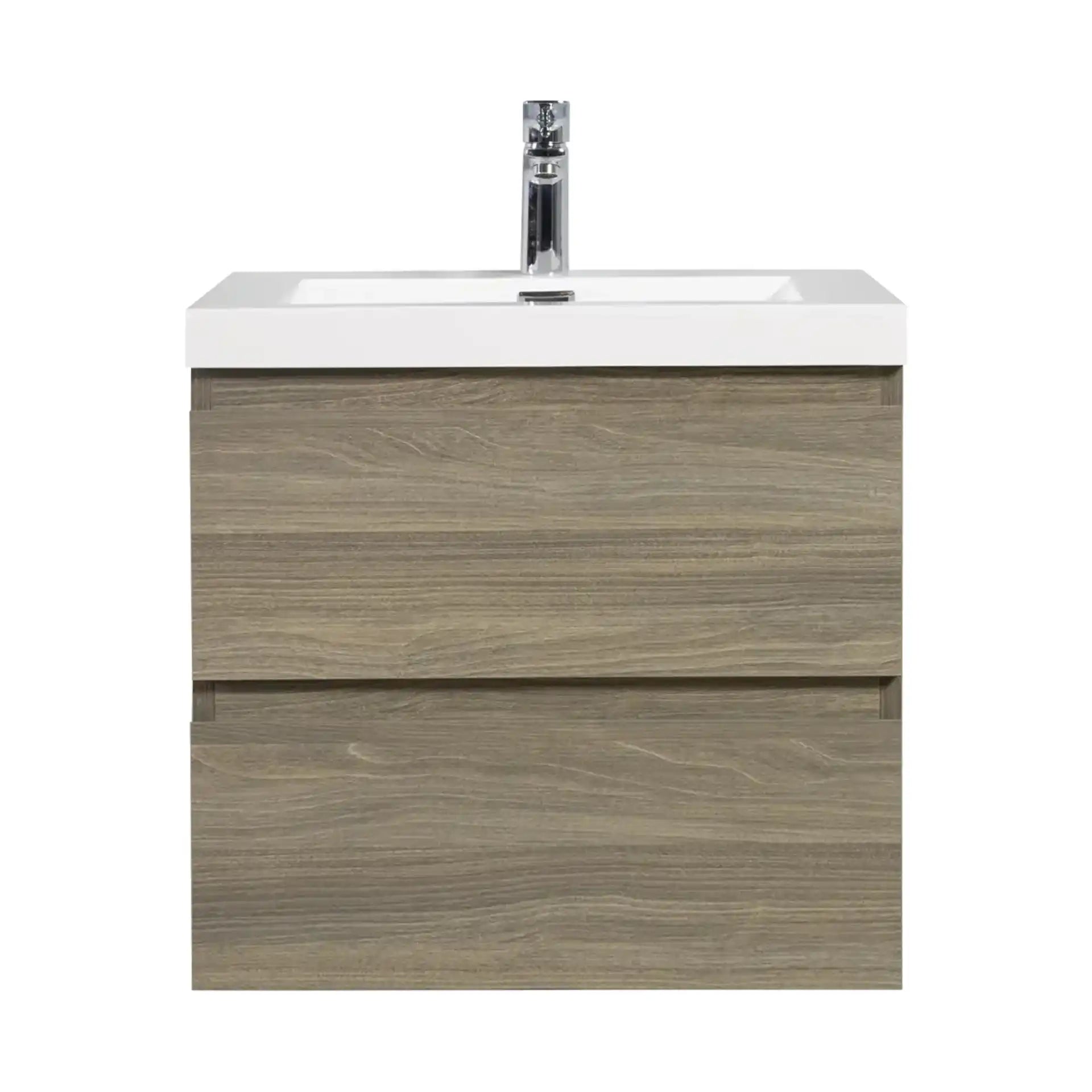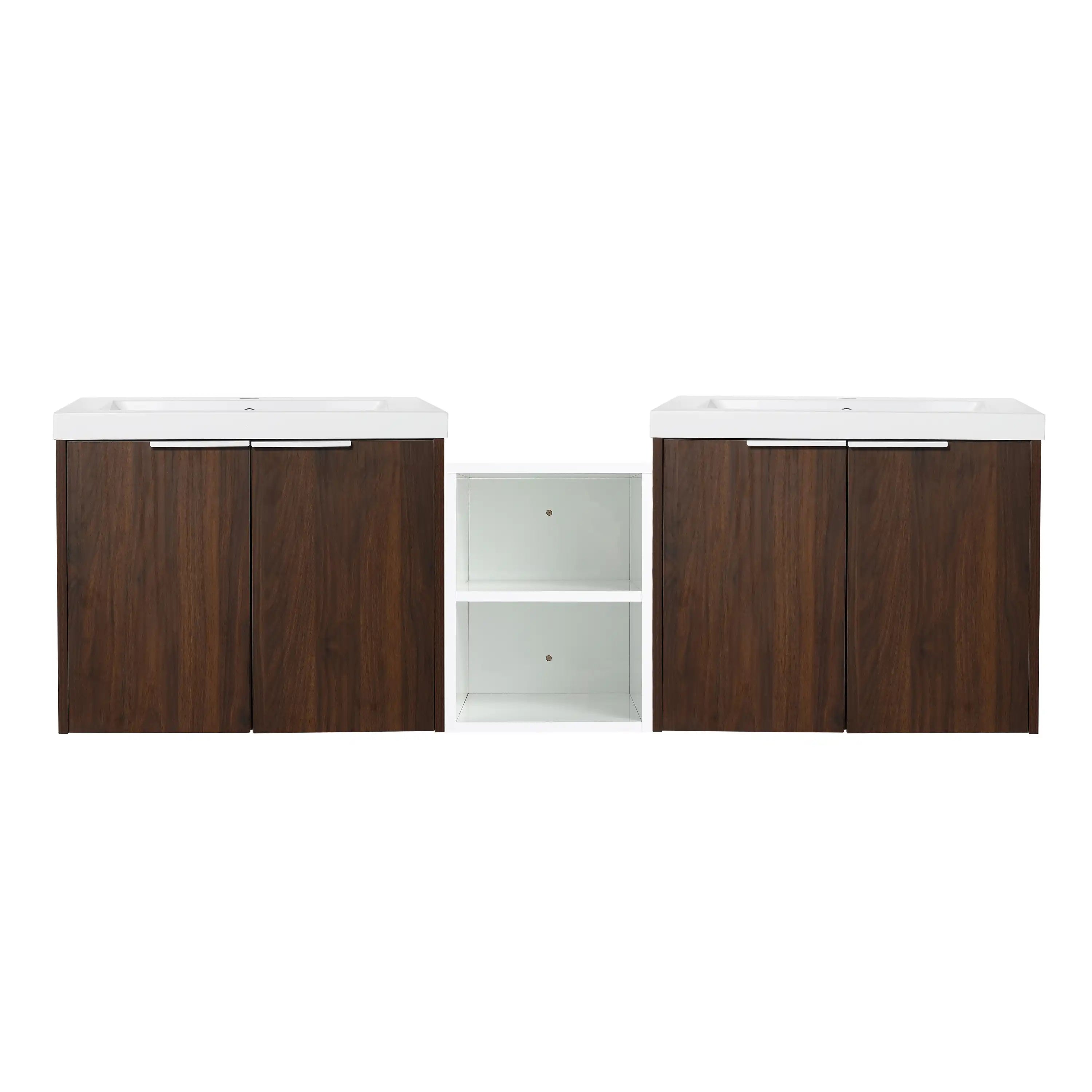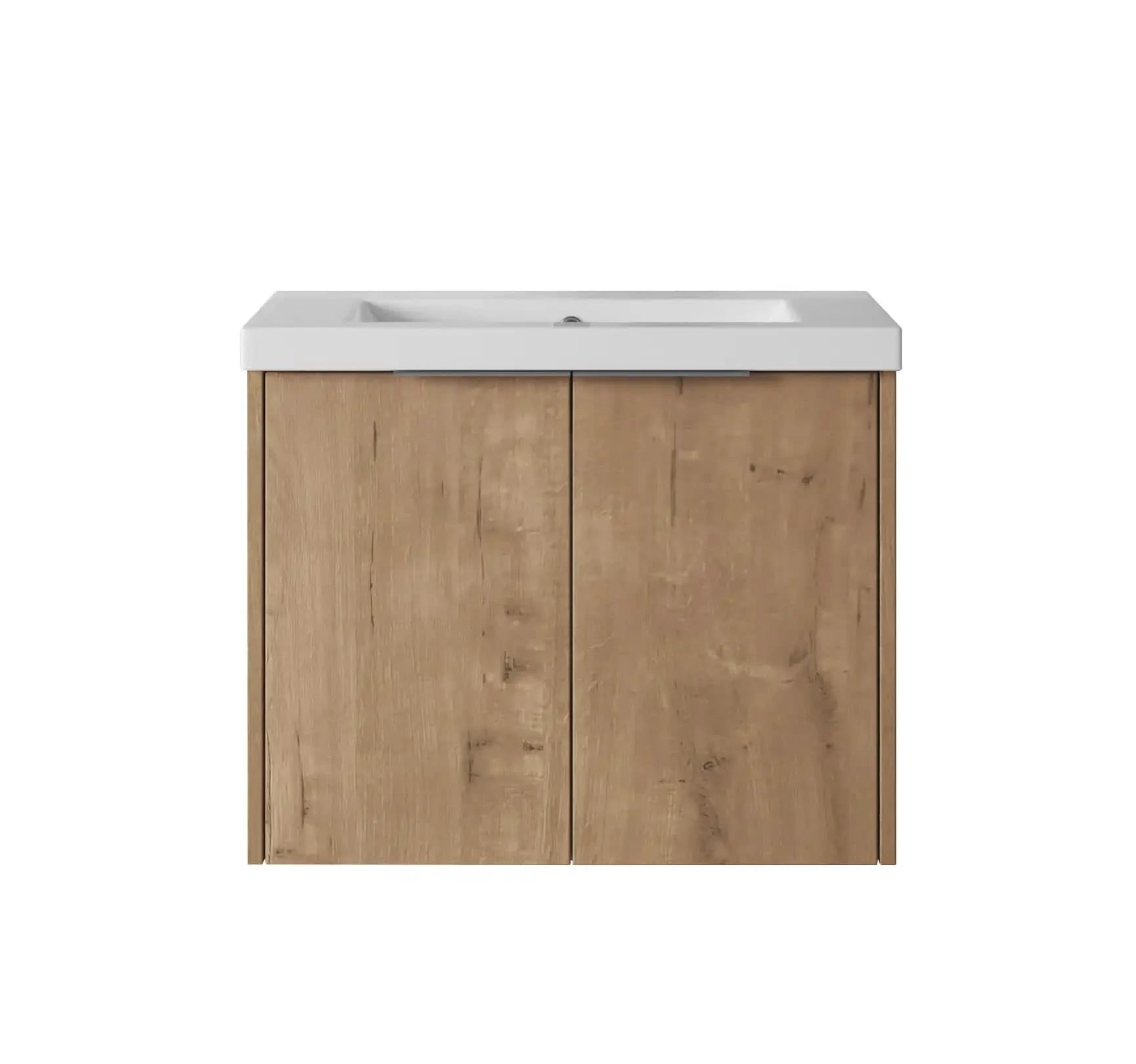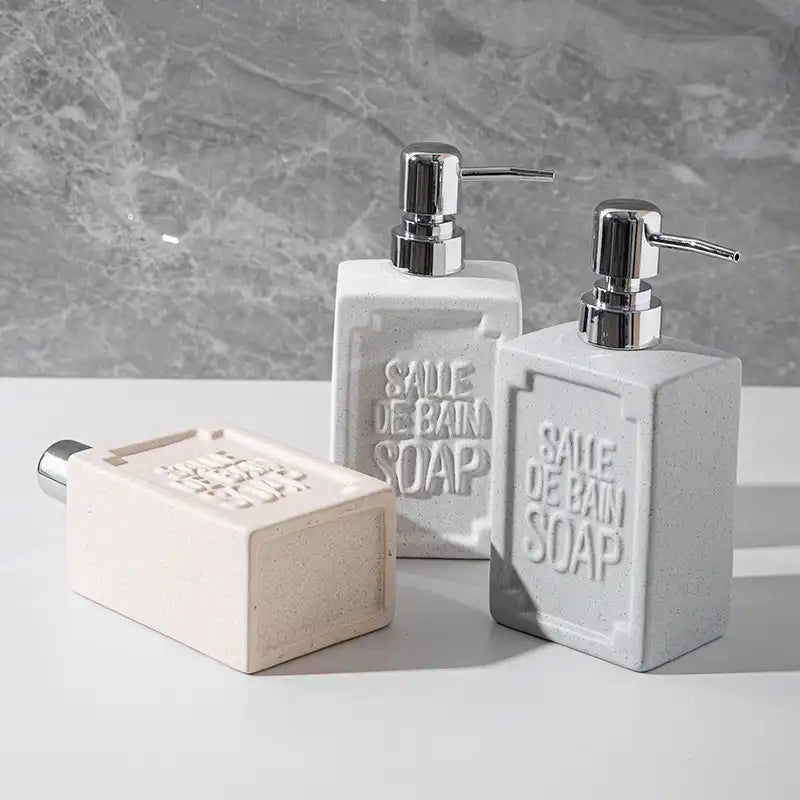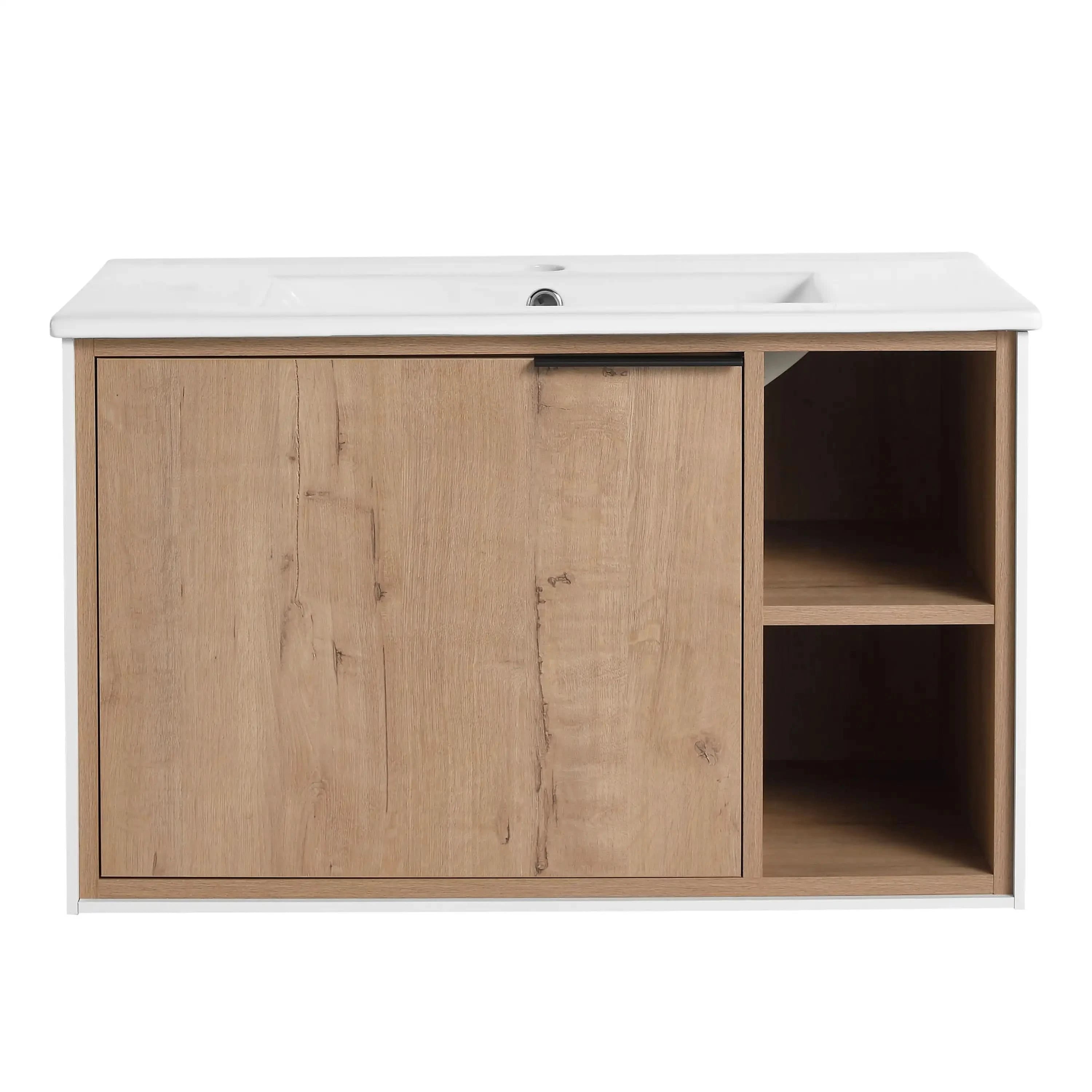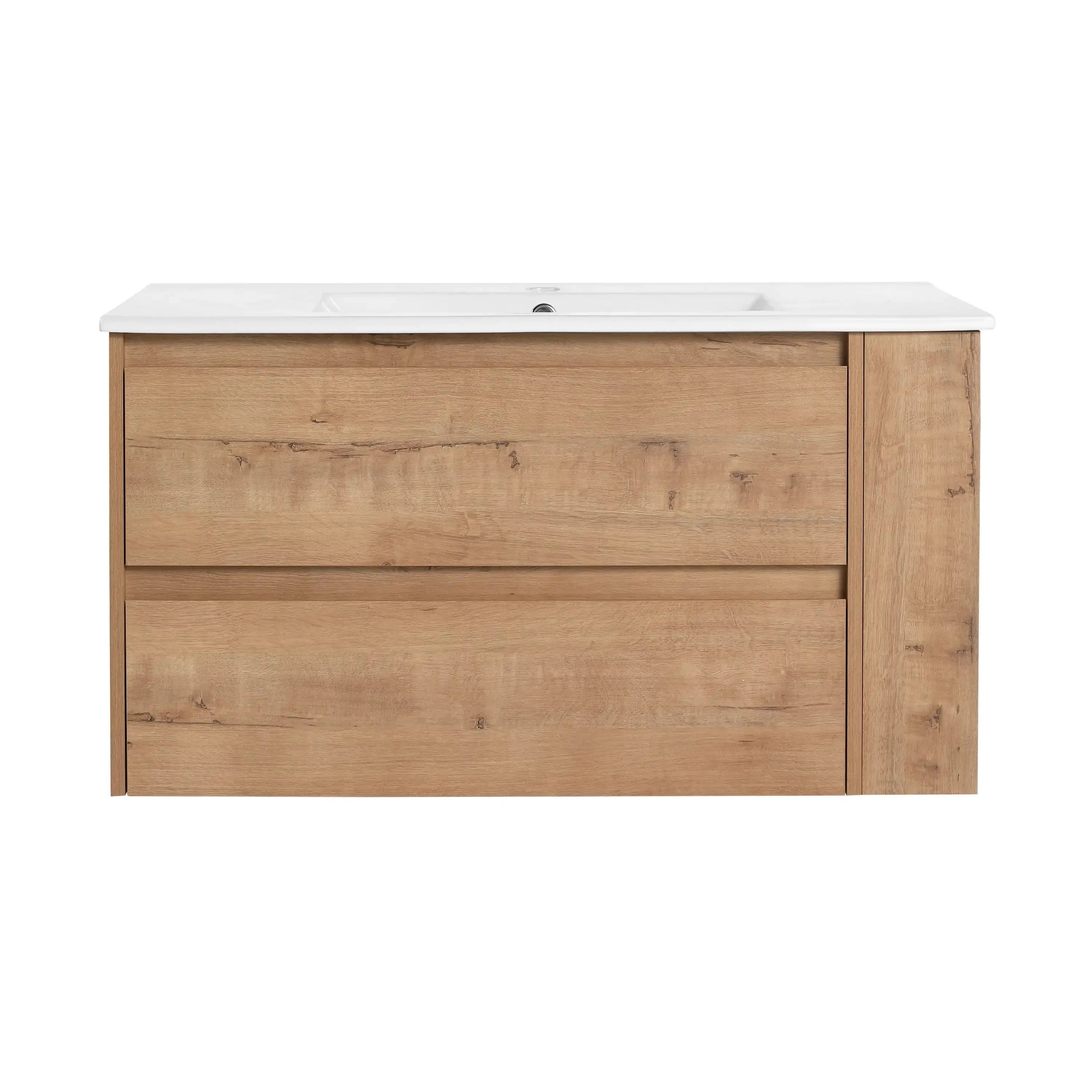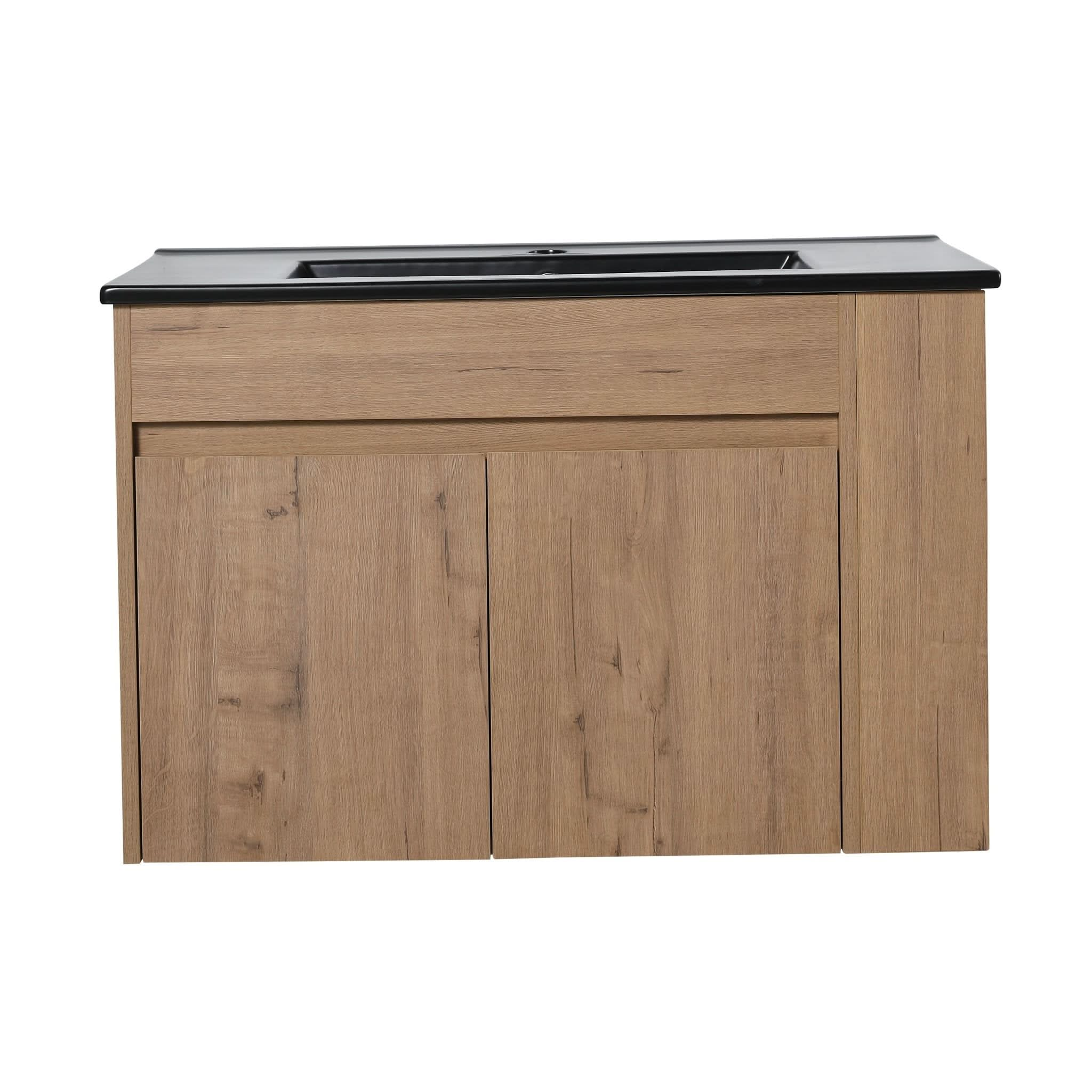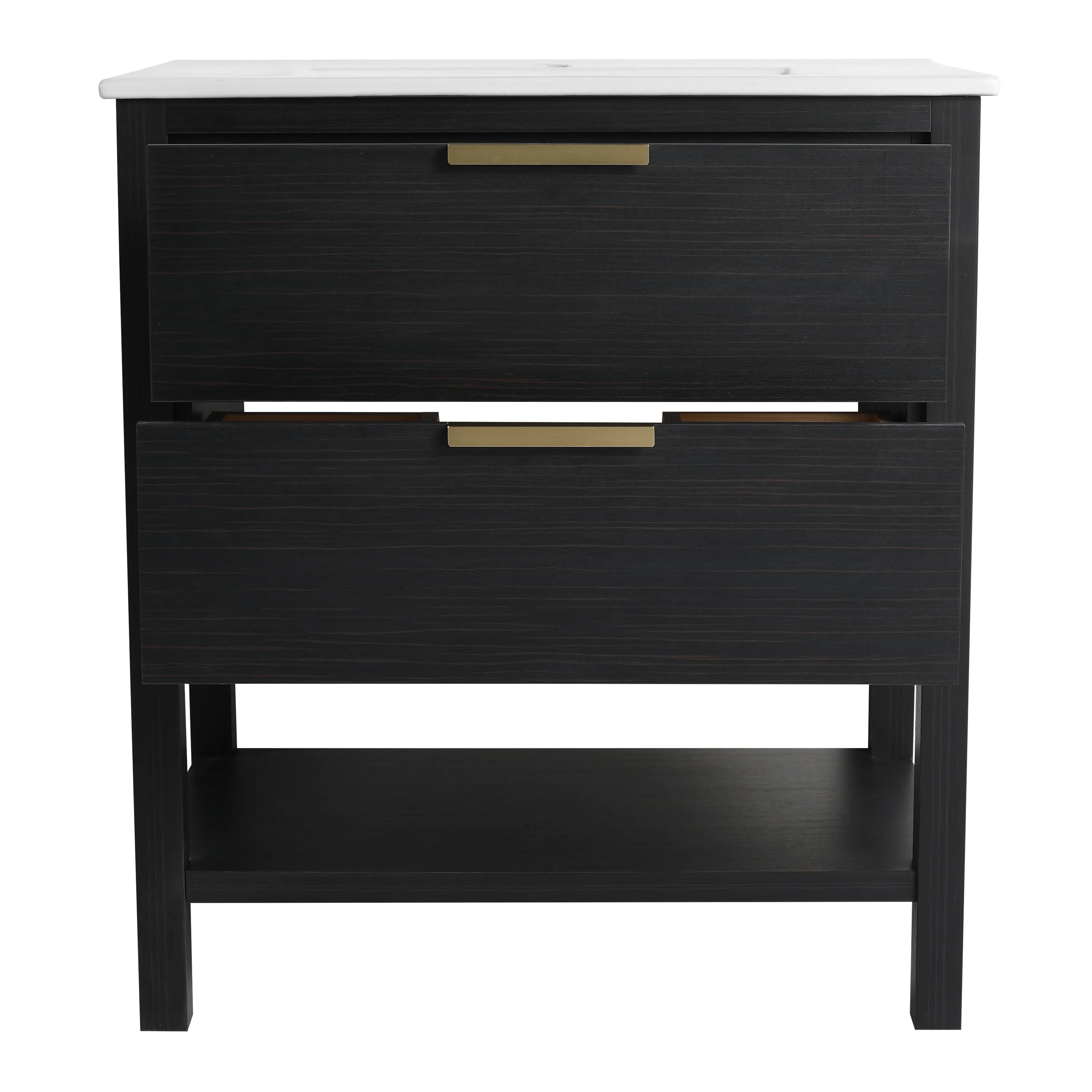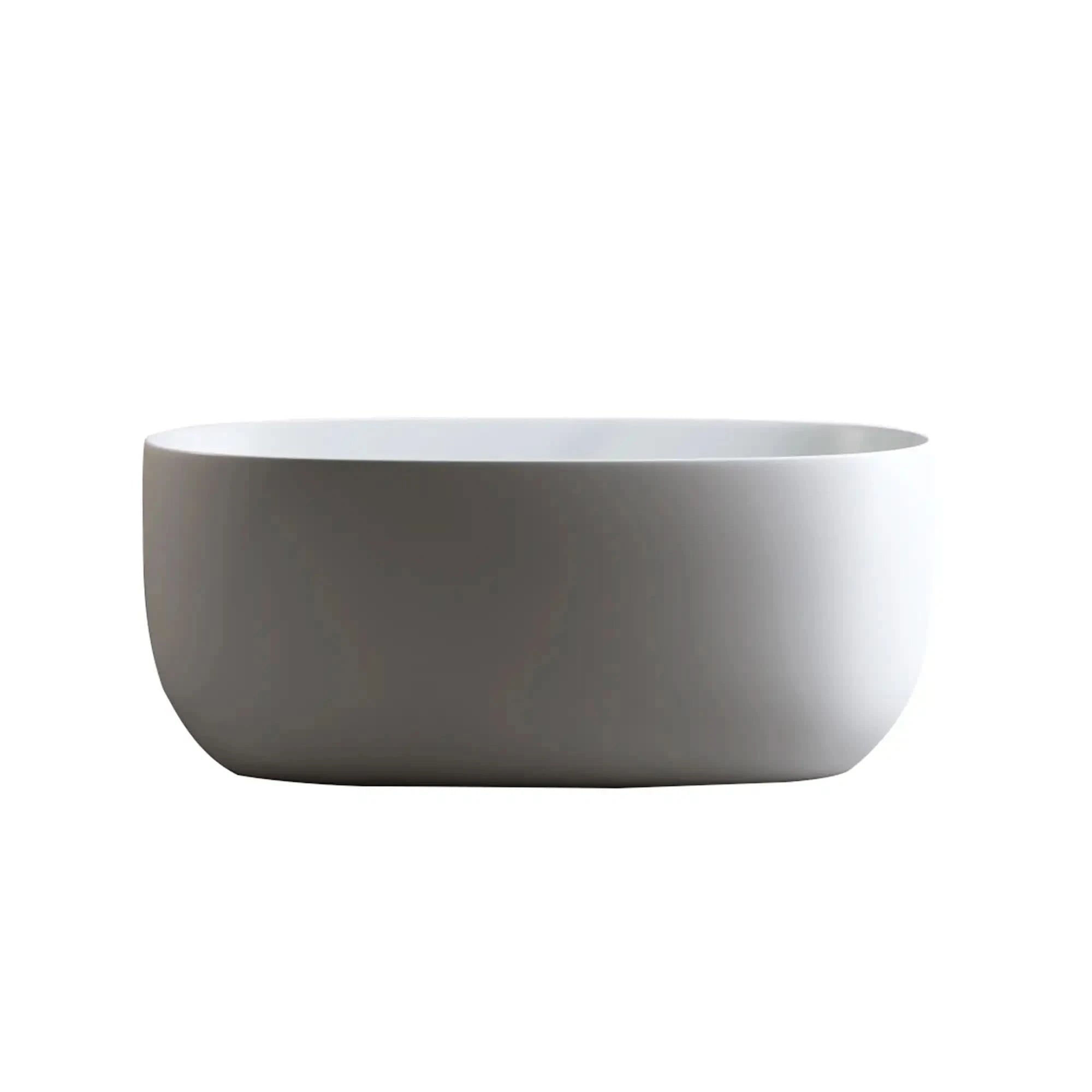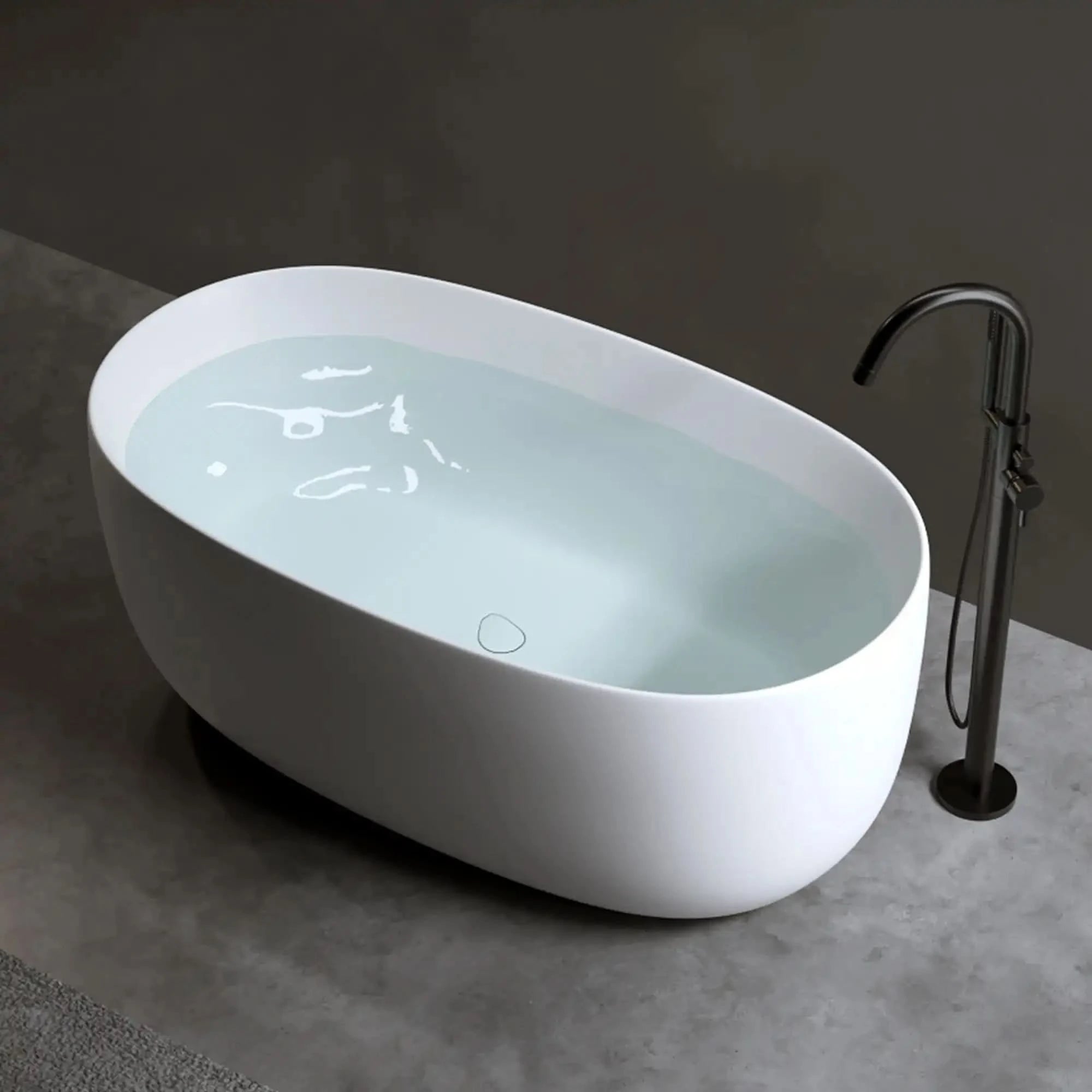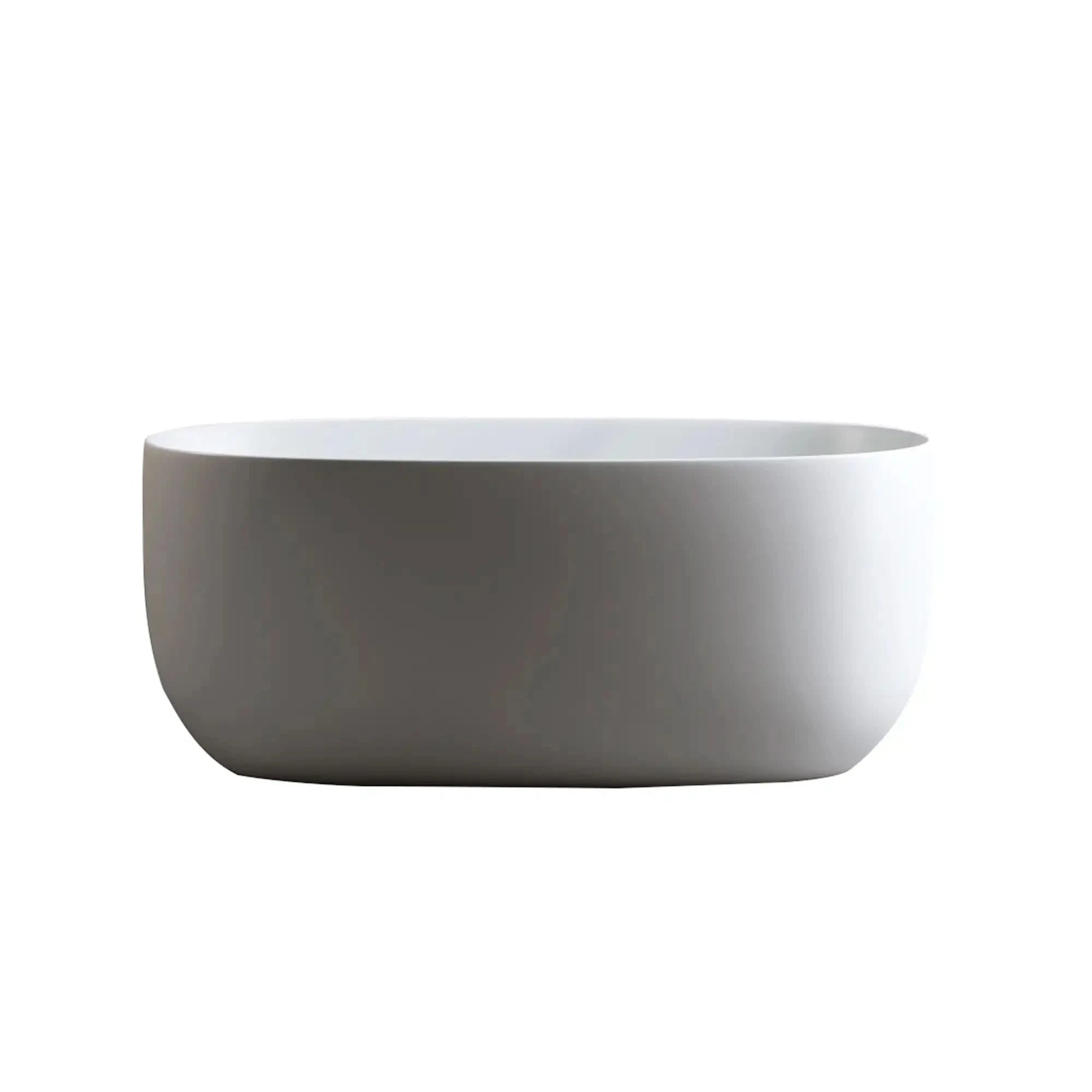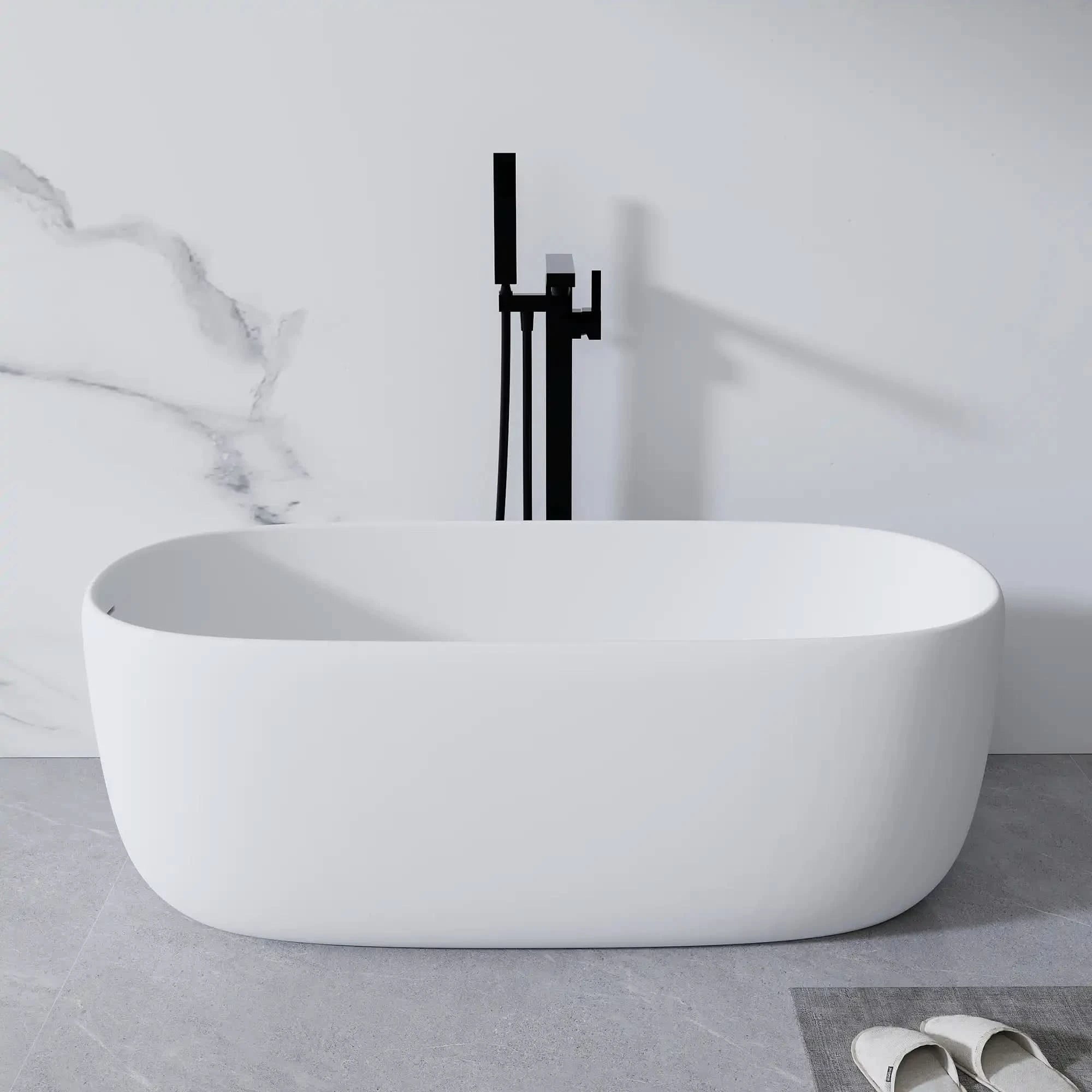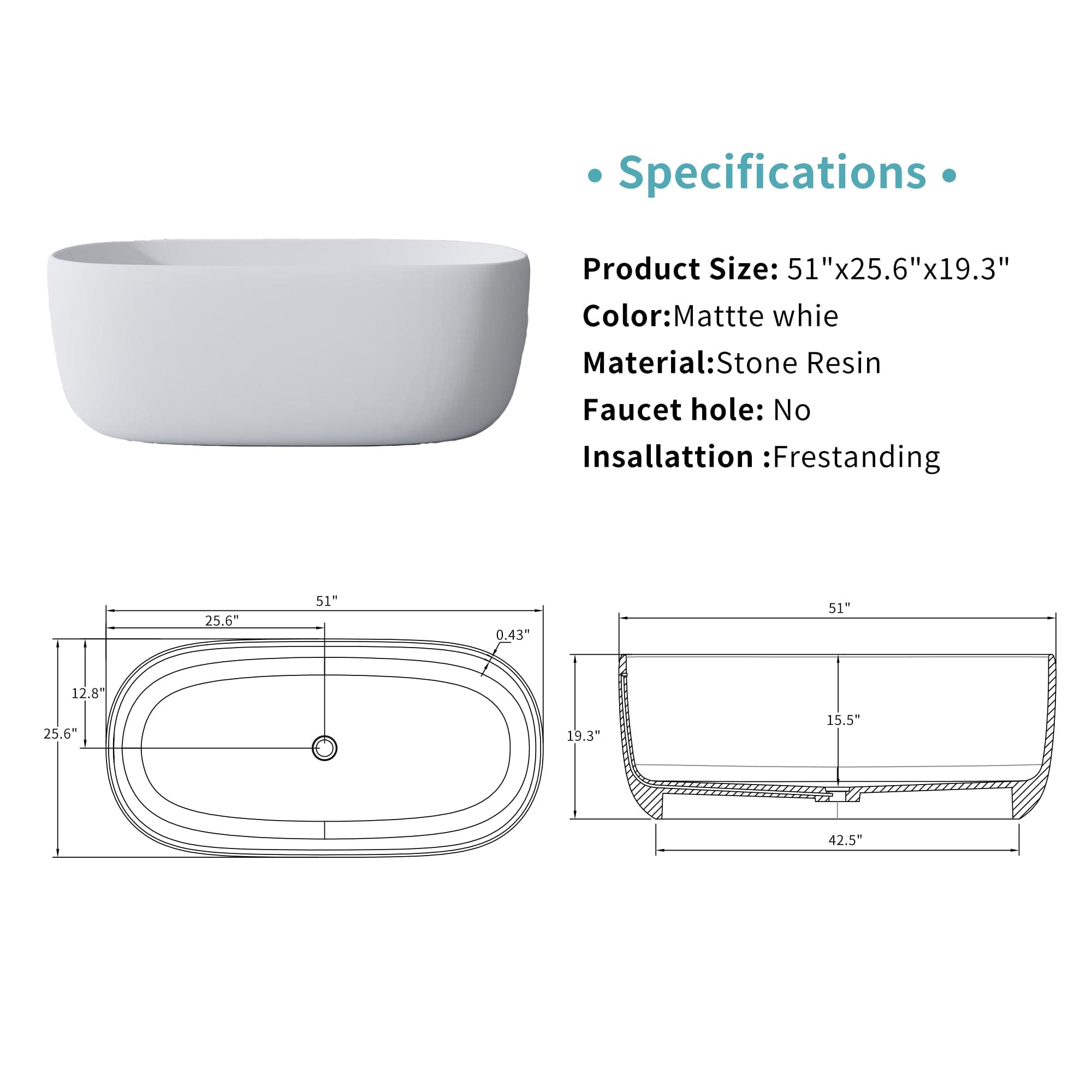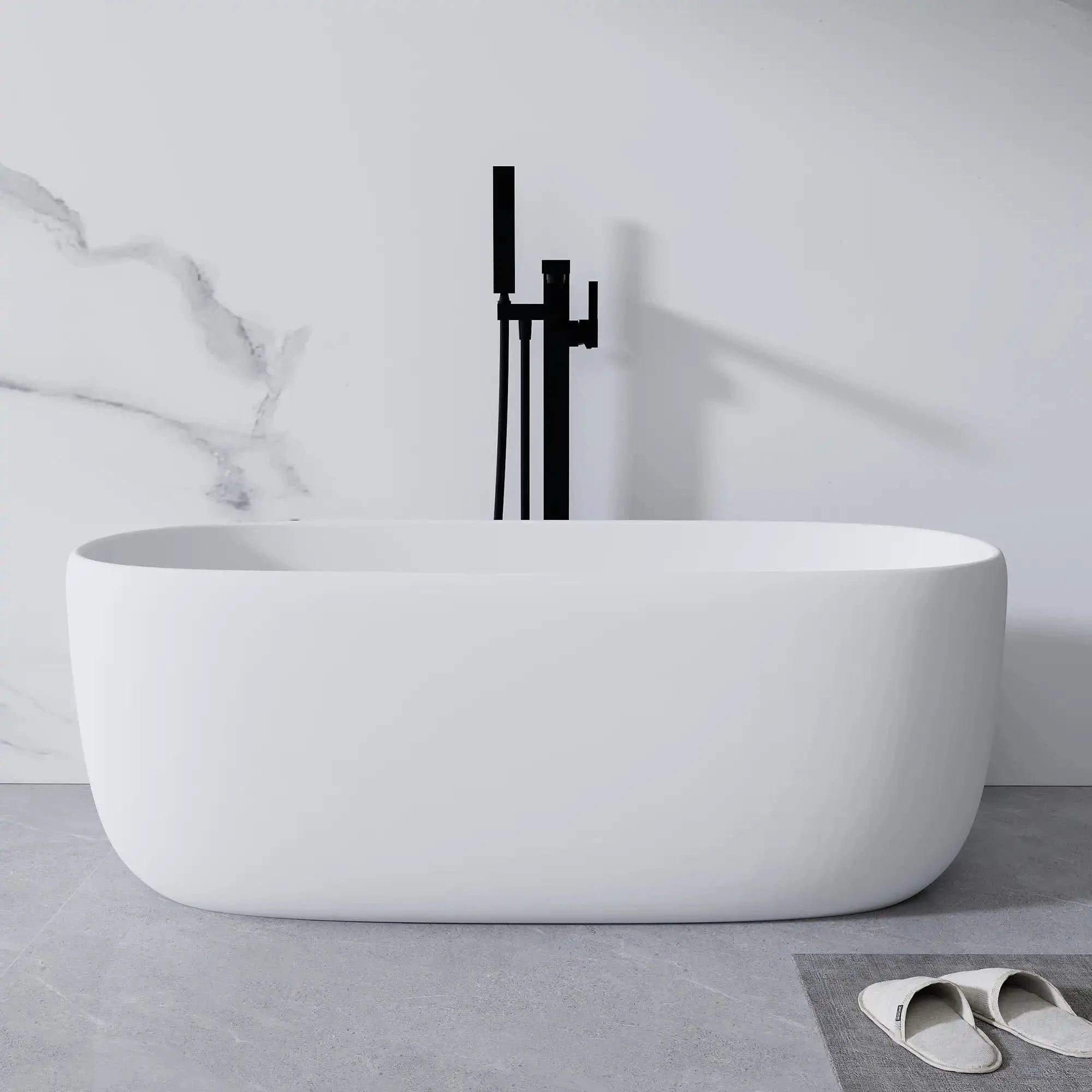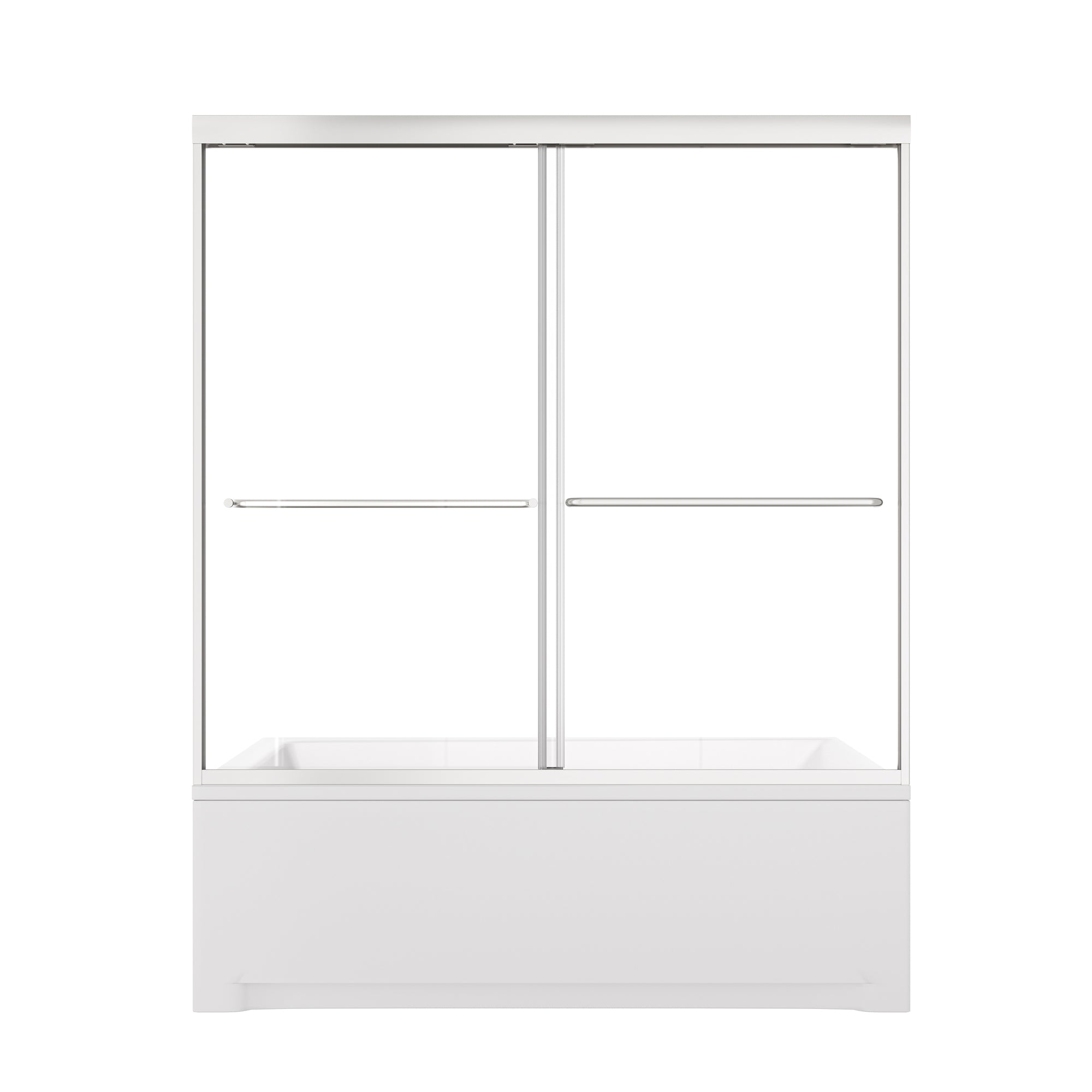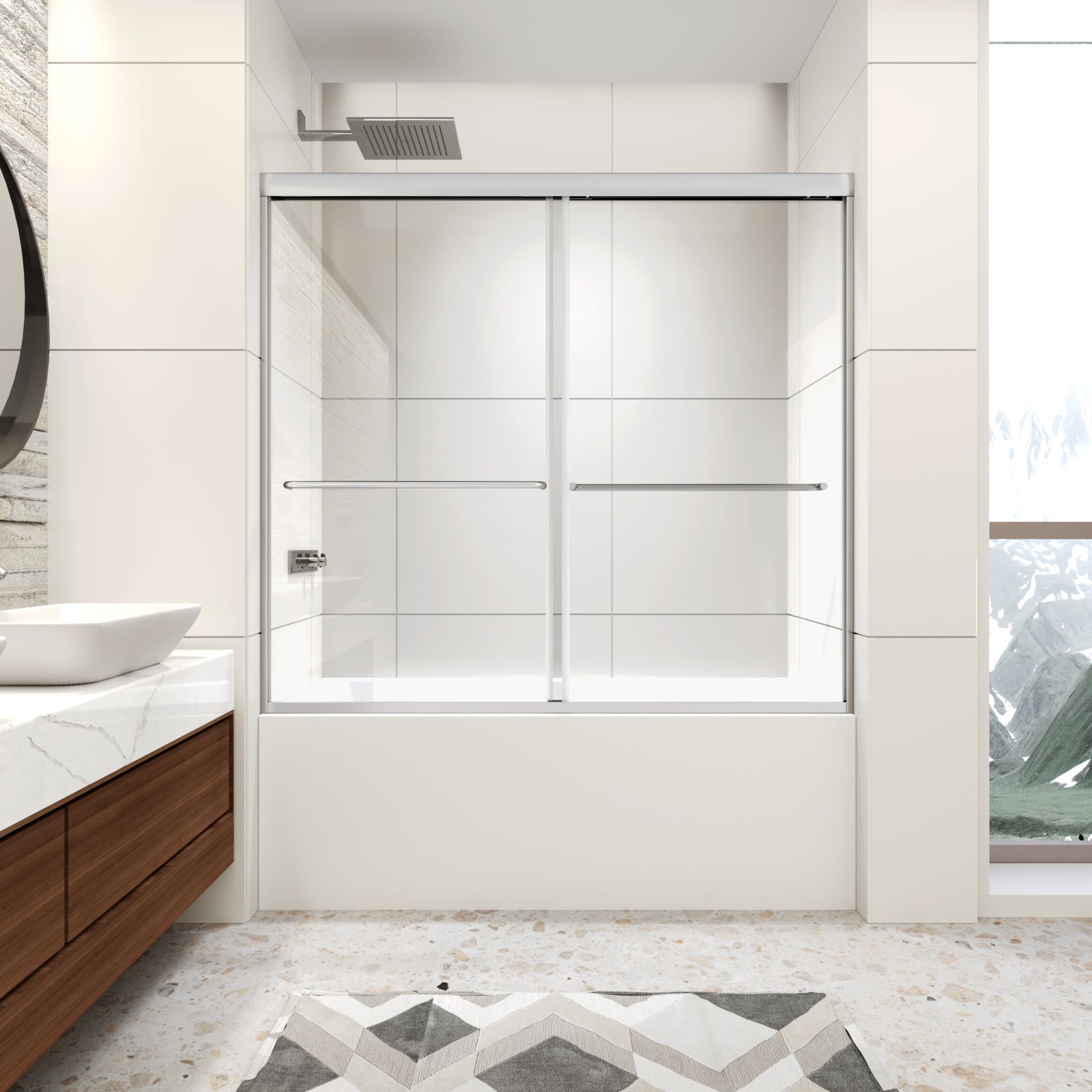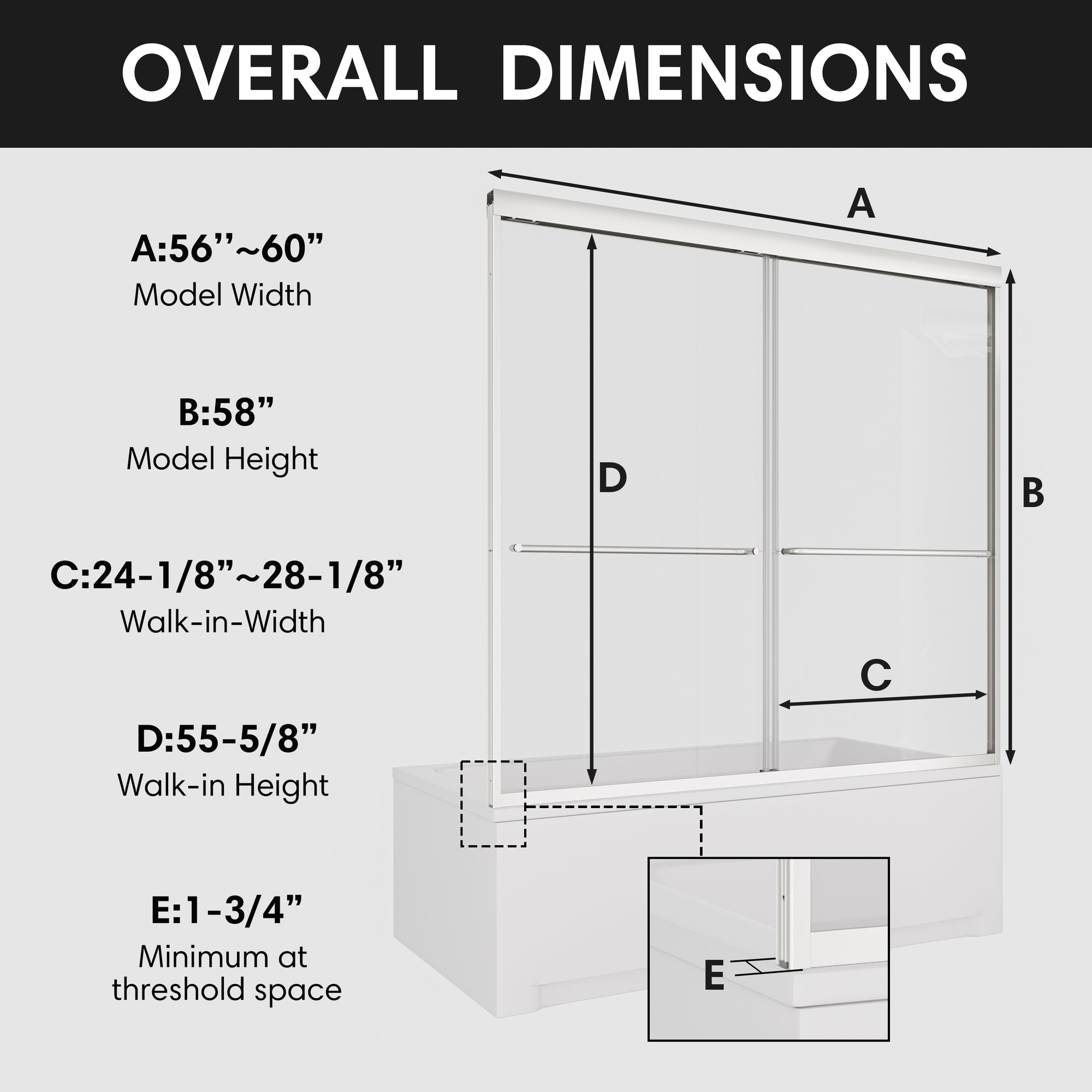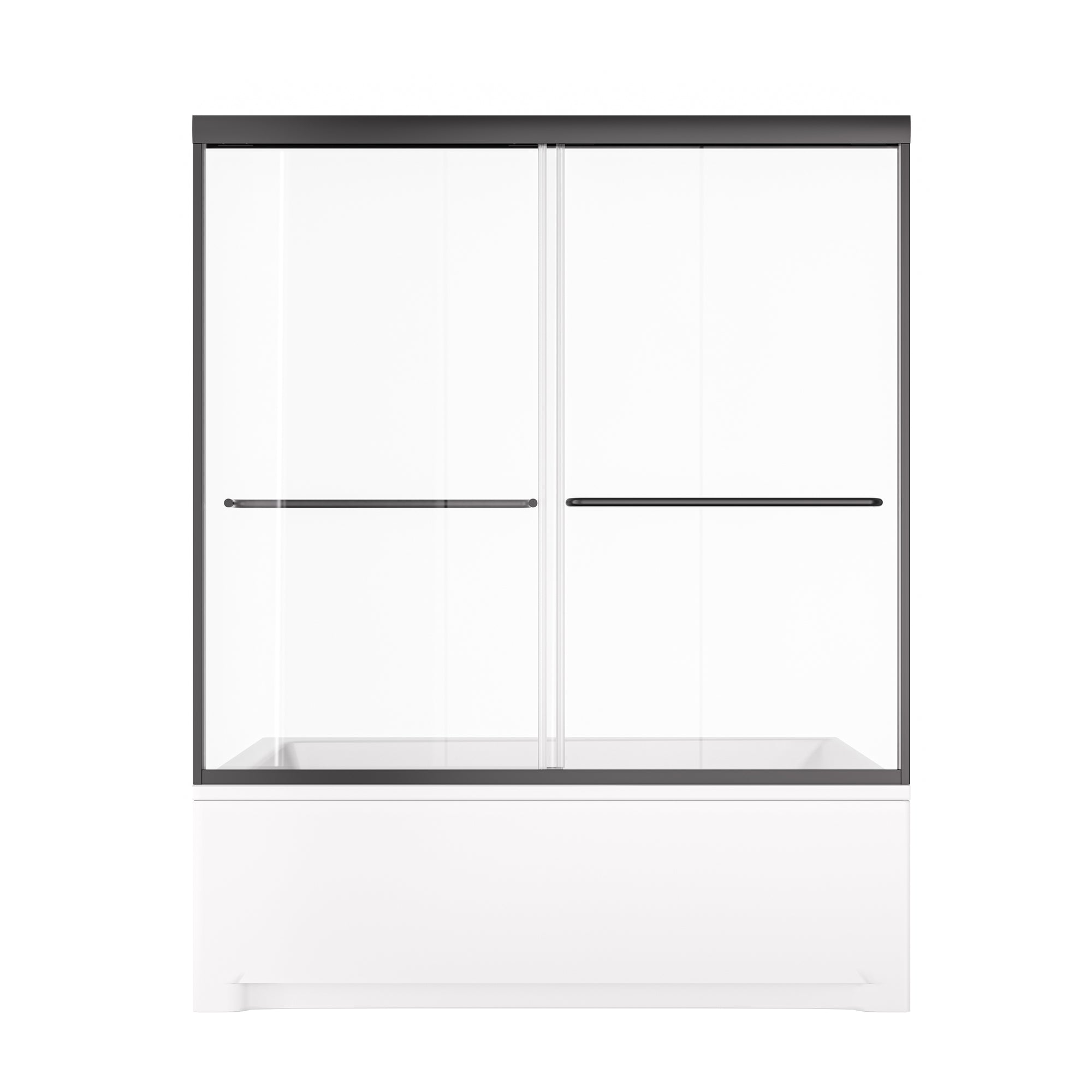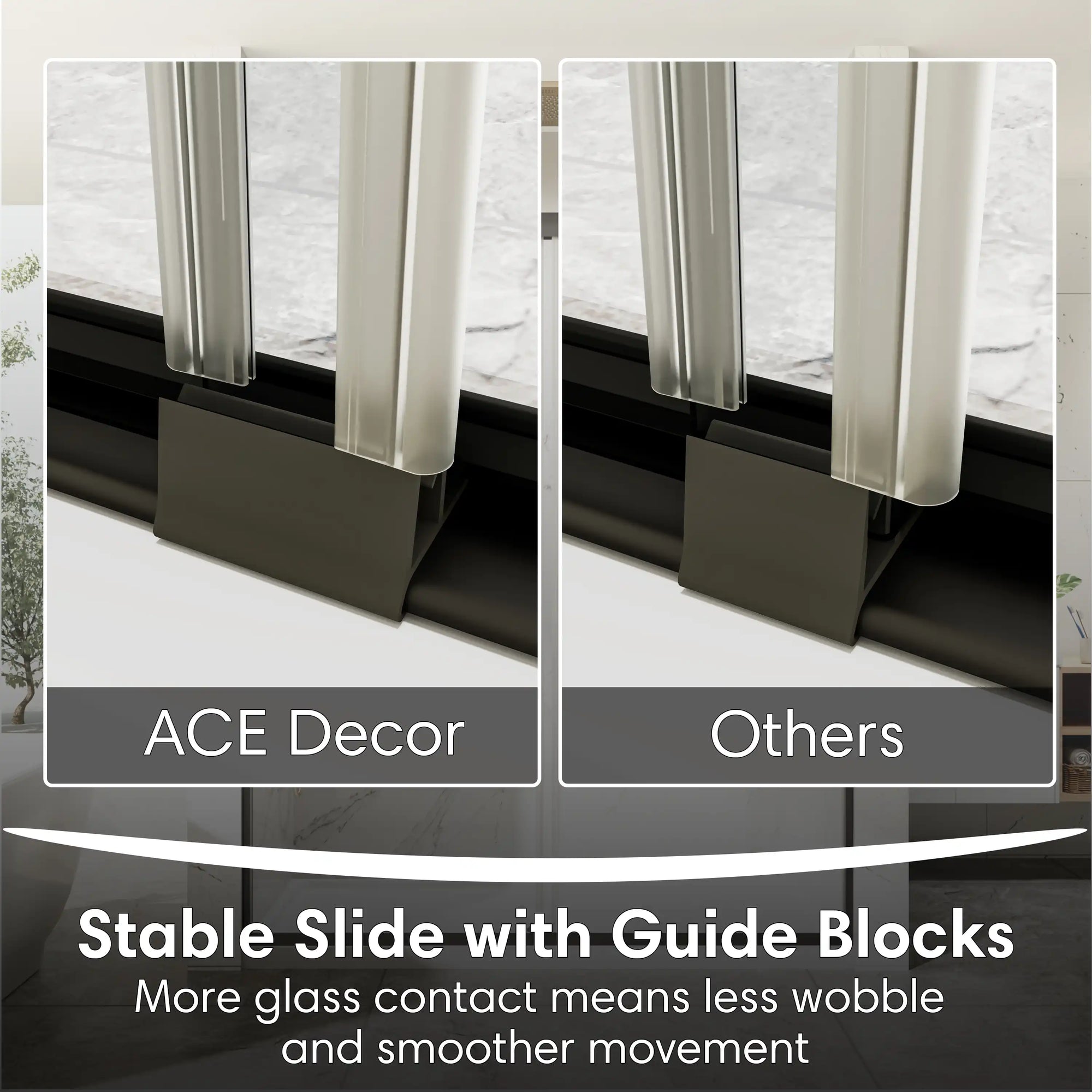When envisioning a dream bathroom, the stand alone tub often takes center stage. It’s not just a bathing fixture; it’s a statement piece that reflects personal style and elevates the overall ambiance of your space. Whether you’re leaning towards a modern minimalist aesthetic or a vintage-inspired retreat, the right tub can create a soothing sanctuary in your home. In this article, we’ll explore ten stunning stand alone tub designs that cater to every style, blending practical insights with expert commentary and real-life applications to inspire your renovation journey.
1. The Modern Minimalist Tub
Embracing Simplicity
The modern minimalist tub embodies the “less is more” philosophy, characterized by clean lines and a sleek, uncluttered look. This design ethos resonates particularly well in today’s fast-paced world, where simplicity can bring a sense of peace and order. Renowned architect Tadao Ando often highlights the beauty of minimalism, stating, “The architecture of necessity is not about frills; it is about how to create beauty with simplicity.”
Imagine stepping into a bathroom that features a rectangular white tub, its surface smooth and pristine. It’s positioned perfectly against a wall of frosted glass, allowing soft light to filter in while maintaining privacy. The floor is finished with polished concrete, giving the room an industrial yet refined feel. A single potted plant in the corner adds a touch of life, contrasting beautifully with the minimalist decor.
To enhance this minimalist style, consider pairing your tub with understated fixtures—perhaps a matte black faucet and wall-mounted shelves that hold only the essentials. This arrangement keeps the space uncluttered while providing functionality. The key is to focus on quality over quantity, ensuring that every piece serves a purpose.
2. Vintage Clawfoot Tubs
Timeless Elegance
For those who love the charm of yesteryear, vintage clawfoot tubs are a beautiful choice. These iconic tubs evoke nostalgia and add a touch of old-world elegance to any bathroom. They come in various finishes, from classic white to bold colors, and can be adorned with ornate feet. As designer Jonathan Adler eloquently puts it, “I believe in a balance of opposites: the austere and the ornate.”
Picture a Victorian-style bathroom, complete with intricate wallpaper and a large chandelier hanging from the ceiling. The centerpiece is a white clawfoot tub, its beautifully designed feet glimmering in the warm light. Surrounding the tub are vintage-inspired accessories: a lace-trimmed shower curtain, brass fixtures, and perhaps a small side table holding a stack of elegant bath towels.
When styling a vintage clawfoot tub, consider pairing it with antique brass fixtures and soft, pastel-colored accessories. This combination creates a harmonious balance between modern comfort and historical elegance, making your bathing area feel inviting and luxurious.
3. Freestanding Tubs with Integrated Shelving
Function Meets Aesthetic
Freestanding tubs with integrated shelving are an innovative solution for maximizing space while maintaining a stylish appearance. This design aligns with the principles of functionalism, as expressed by architect Peter Zumthor: “Design is not just what it looks like and feels like. Design is how it works.”
Imagine a compact urban bathroom where a sleek, white tub features built-in wooden shelves on one side. These shelves hold candles, bath salts, and a small succulent plant, transforming the tub into a centerpiece that’s both beautiful and practical. The natural wood adds warmth to the space, contrasting with the sleek tub design.
Utilizing integrated shelving not only keeps your bathing essentials within arm’s reach but also allows you to personalize the space. Consider incorporating decorative baskets or unique sculptures to enhance the aesthetic further. This design choice encourages a clutter-free environment, essential for relaxation.
4. Sculptural Art Bathtubs
A Statement Piece
Sculptural art tubs elevate the concept of bathing to an art form. These designs serve as dramatic focal points in any bathroom, often resembling contemporary sculptures. The architect Zaha Hadid famously stated, “There should be no such thing as a conservative design,” encouraging bold choices that challenge traditional norms.
Envision a spacious bathroom where an asymmetric, curvaceous tub stands proudly on a raised platform. The walls are painted in a soft, neutral tone, allowing the tub’s unique shape to command attention. Around it, strategically placed spotlights illuminate its contours, making bath time feel like an artistic experience rather than a routine chore.
When choosing a sculptural tub, think about the overall color palette and decor of your bathroom. These tubs often shine best in minimalist settings where their design can take center stage. Complementing them with simple, elegant fixtures will enhance their artistic impact.
5. Egg-Shaped Tubs
Organic Comfort
Egg-shaped tubs are celebrated for their soft, organic forms that evoke a sense of comfort and relaxation. These tubs promote a tranquil bathing experience and can serve as a soothing focal point in your bathroom. Frank Lloyd Wright, a pioneer of organic architecture, believed that “form follows function,” and egg-shaped tubs embody this philosophy beautifully.
Imagine a spacious bathroom filled with natural light, where an egg-shaped tub rests elegantly under a skylight. The gentle curves of the tub create a visual softness that invites you to unwind. Surrounding the tub are plants and natural materials, such as wood and stone, enhancing the serene environment.
Pairing egg-shaped tubs with natural elements—like wooden accents or a stone feature wall—can create a soothing, spa-like atmosphere. This setup encourages relaxation and self-care, making bath time an indulgent ritual.
6. Outdoor Stand Alone Tubs
Nature’s Embrace
For the ultimate luxury, outdoor stand alone tubs allow homeowners to bring the spa experience into their backyards. These tubs are made from durable, weather-resistant materials, allowing you to connect with nature while enjoying a relaxing soak. Landscape architect Roberto Burle Marx once remarked, “The garden is a living thing; it is part of the universe.”
Picture a beautifully landscaped garden where a stone tub is nestled among blooming flowers and lush greenery. The tub is strategically positioned to offer stunning views of the surrounding landscape, turning your bath into a nature-infused experience. The gentle sound of water trickling from a nearby fountain enhances the ambiance, creating a peaceful retreat.
Adding comfortable seating, such as outdoor loungers or a hammock nearby, along with ambient lighting, can create an inviting outdoor oasis. This setting encourages you to soak and unwind while listening to the soothing sounds of nature, making every bath a mini-vacation.
7. Corner Stand Alone Tubs
Space Optimization
Corner tubs are a fantastic solution for smaller bathrooms, allowing you to maximize space without sacrificing style. These designs focus on clever layout and accessibility, aligning with Louis Kahn’s sentiment that “space is the breath of art.”
In a cozy bathroom, a corner tub fits snugly against two walls, leaving ample room for movement. Its location allows for additional storage or decorative options nearby, such as floating shelves or a small plant stand. The remaining wall can be adorned with artwork or a mirror to enhance the sense of space.
To make the most of corner tubs, utilize lighter colors and reflective materials around the space. This not only creates an illusion of a larger area but also fosters a soothing environment conducive to relaxation.
8. Freestanding Tubs with Waterfall Faucets
Luxurious Experience
Freestanding tubs equipped with waterfall faucets elevate the bathing experience, transforming it into a luxurious ritual. The gentle sound of water flowing adds a calming ambiance that resonates with the principles of biophilic design, which advocate for incorporating natural elements into our living spaces. Designer Michael Pawlyn emphasizes that “nature is our greatest teacher,” reminding us to draw inspiration from our surroundings.
Imagine a contemporary bathroom featuring a sleek, modern tub paired with a stunning waterfall faucet. The faucet’s gentle flow creates a soothing soundtrack, making bath time feel like a serene escape. Soft lighting and plush textiles complete the luxurious setting, inviting you to unwind in style.
Coordinating these tubs with modern fixtures and a cohesive color scheme ensures a seamless aesthetic that enhances the overall design of your bathroom. Consider adding spa-like features, such as aromatherapy candles or soothing music, to enrich your bathing experience.
9. Industrial-Style Tubs
Raw Aesthetic
Industrial-style tubs celebrate the beauty of raw materials and bold finishes. Often constructed from metal or concrete, these tubs embody authenticity and rugged elegance. Marcel Breuer, an influential architect, believed that “the real is what we can touch and see,” and industrial tubs are a testament to this philosophy.
In a chic urban loft, a concrete tub stands out against exposed brick walls and steel beams. The combination of textures creates a visually compelling space, with the tub acting as both a functional item and a striking work of art. Accessories can be kept minimal to allow the tub to shine as the focal point.
Combining industrial tubs with vintage decor, such as retro light fixtures or reclaimed wood shelves, creates a striking contrast. This eclectic mix allows for personal expression and creativity, ensuring your bathroom feels uniquely yours.
10. Eco-Friendly Tubs
Sustainable Luxury
With an increasing emphasis on sustainability, eco-friendly tubs made from recycled or renewable materials are gaining popularity. These designs not only minimize environmental impact but also create a unique, stylish addition to any bathroom. As architect William McDonough states, “Design is the first signal of human intention,” encouraging us to make mindful choices.
Imagine a serene bathroom where a tub crafted from recycled materials sits elegantly against a backdrop of greenery. The design is not only visually appealing but also reflects a commitment to environmental responsibility. Complementing the tub with organic cotton towels and natural bath products enhances the eco-friendly theme.
Choose fixtures that are water-efficient and consider using natural stone or wood for accents. This combination fosters a connection with nature and emphasizes the importance of sustainable living.
Conclusion
Choosing the right stand alone tub design for your bathroom is about more than just aesthetics; it’s about creating a personal oasis that reflects your lifestyle and values. Whether you’re drawn to the elegance of vintage clawfoot tubs or the sleek lines of modern minimalist designs, each tub has the potential to transform your bathing experience into something truly special.
As you embark on your bathroom renovation journey, consider how each design choice contributes to the overall atmosphere you wish to cultivate. With so many styles available, there’s a perfect stand alone tub waiting to become the centerpiece of your home.
Explore our selection at ACE DECOR to find the ideal tub that harmonizes with your vision. Remember, your bathroom should be a sanctuary—an inviting space that promotes relaxation and rejuvenation.
FAQ
Q1: How do I choose the right size stand alone tub?
A: Consider the dimensions of your bathroom and your personal preferences. Measure the space available to ensure a comfortable fit.
Q2: Can I install a stand alone tub in a small bathroom?
A: Yes! Look for compact designs or corner tubs that maximize space without compromising style.
Q3: What is the average cost of a stand alone tub?
A: Prices vary widely depending on materials, size, and design, ranging from a few hundred to several thousand dollars.
Q4: Do I need special plumbing for a freestanding tub?
A: Installation may require adjustments to existing plumbing, particularly if the tub features unique faucet placements. It’s best to consult with a professional plumber.
Q5: How do I maintain my stand alone tub?
A: Regular cleaning with non-abrasive products and occasional polishing will keep your tub looking pristine. Follow manufacturer guidelines for best results.
